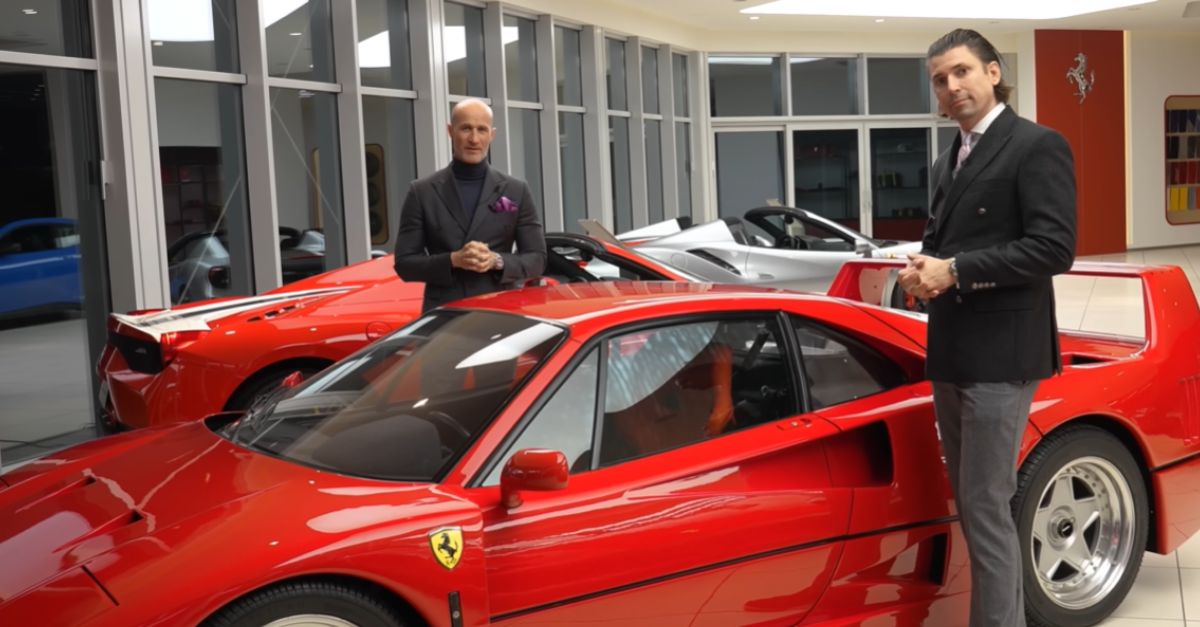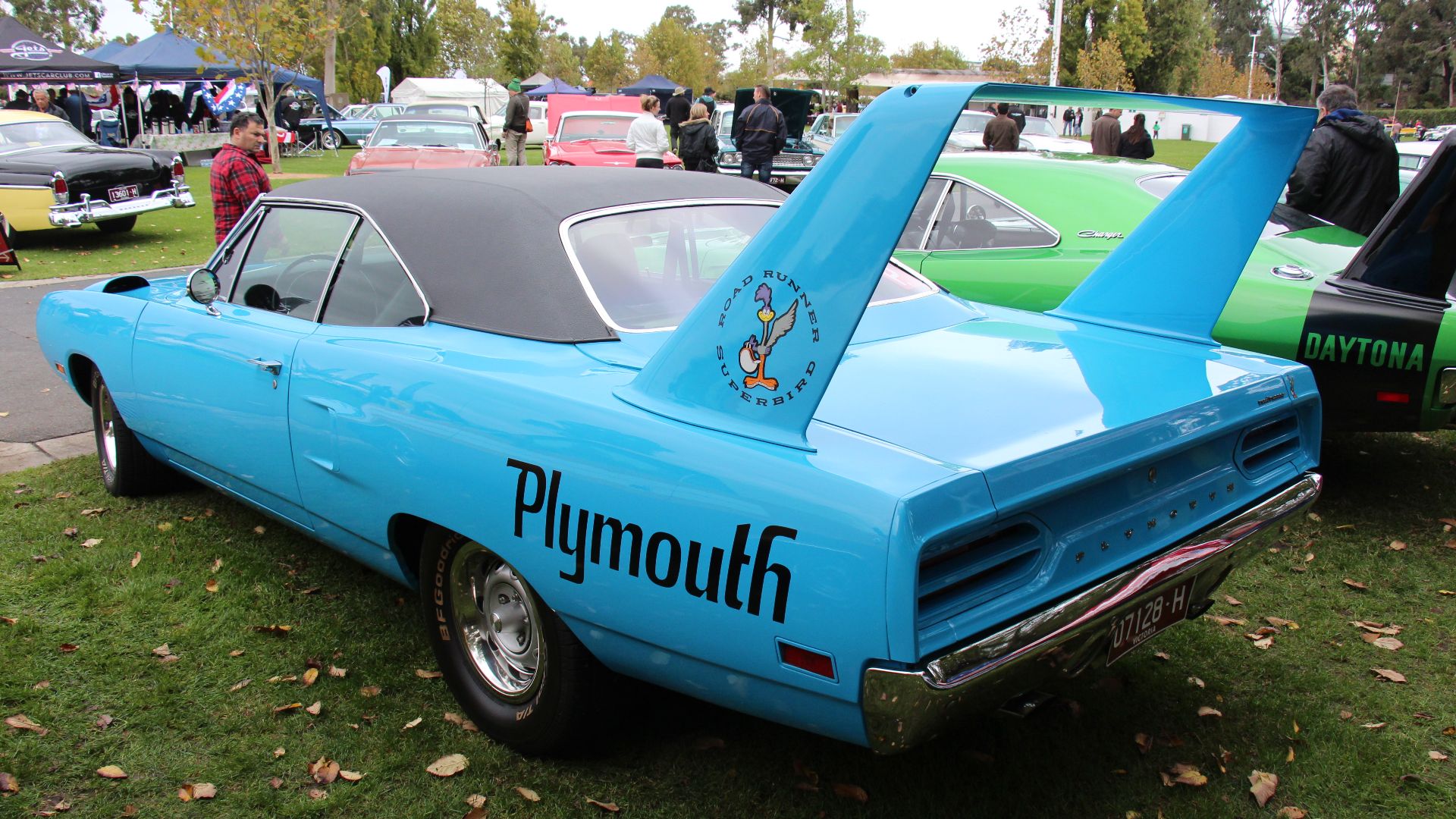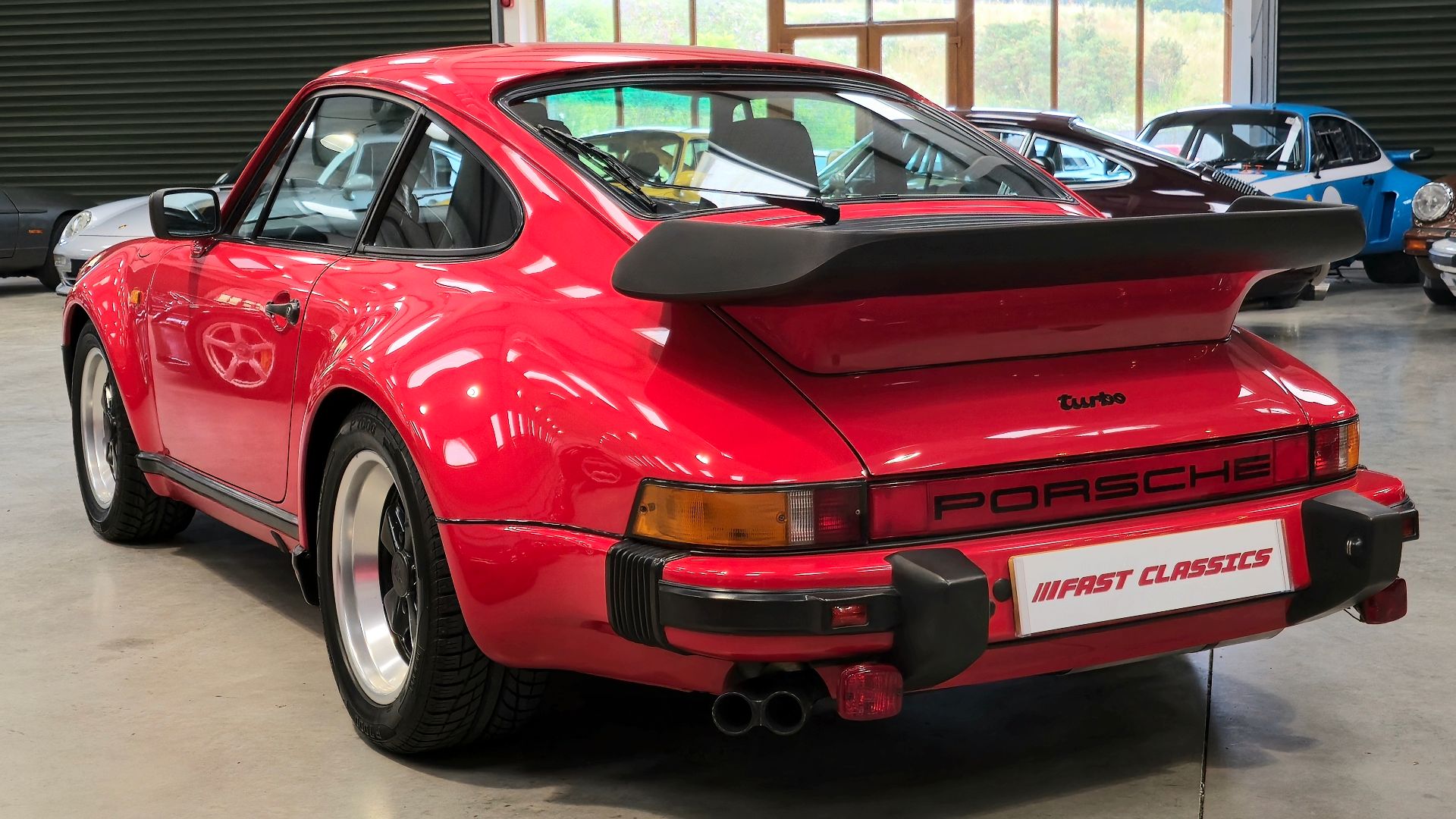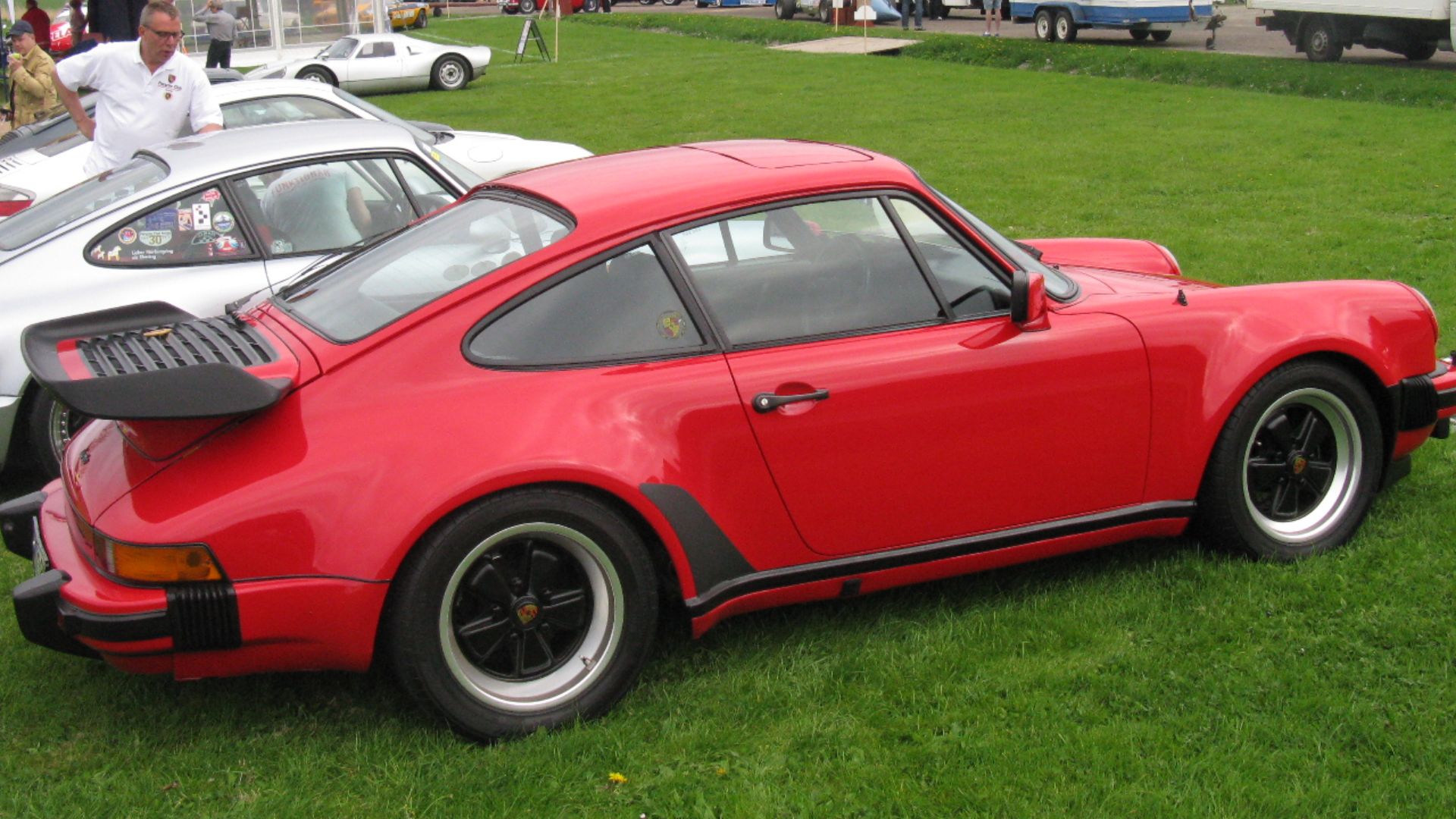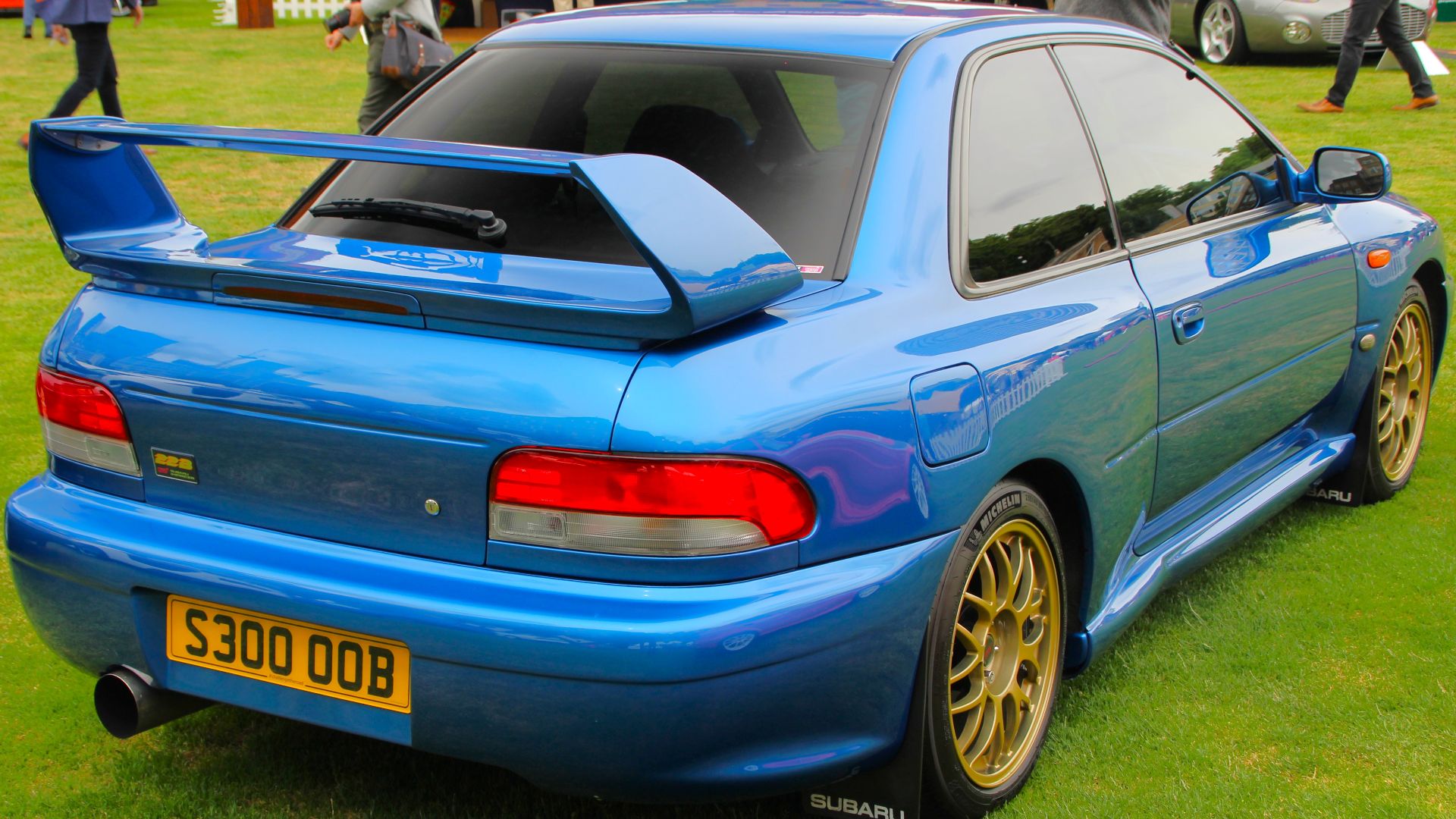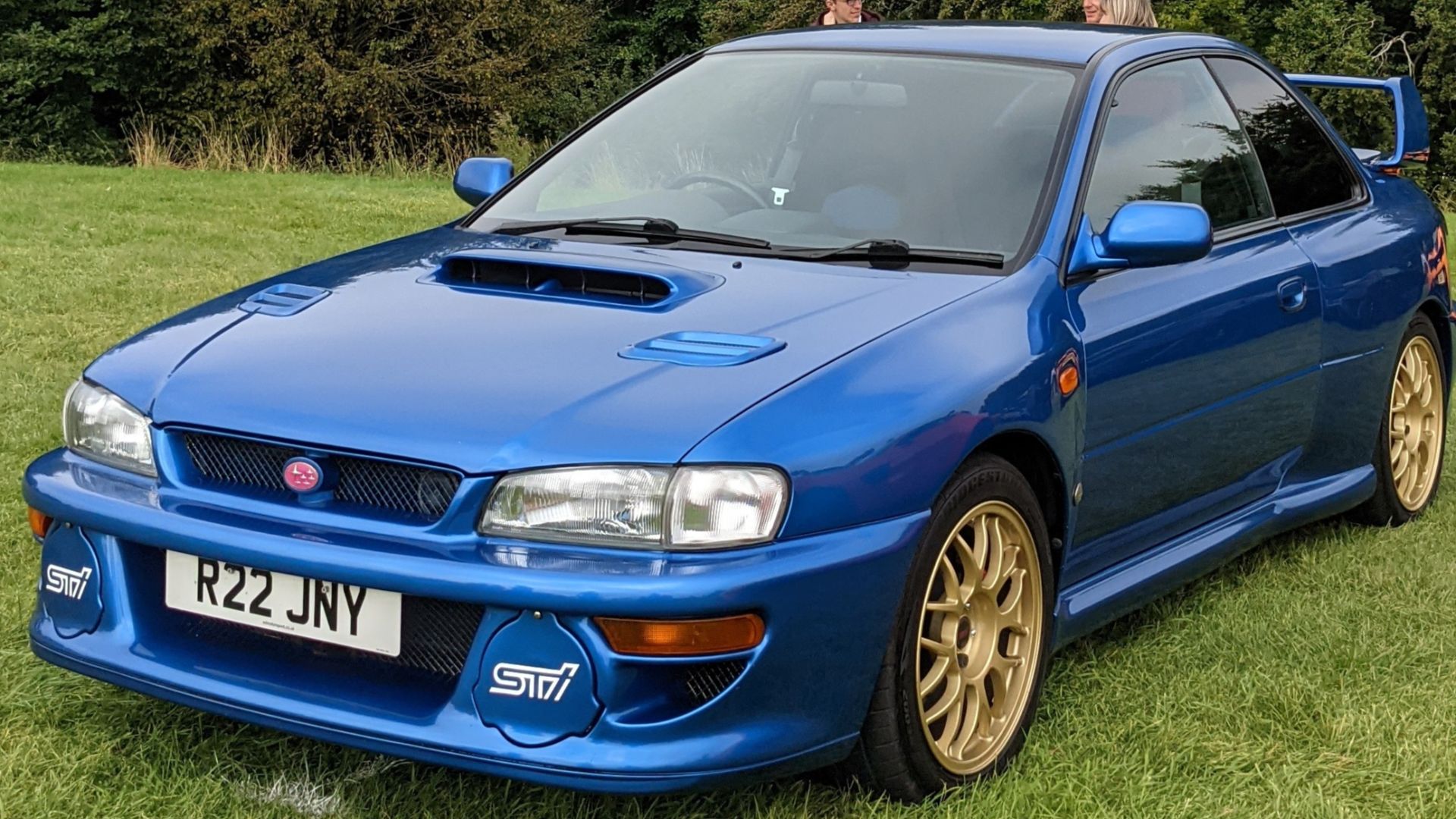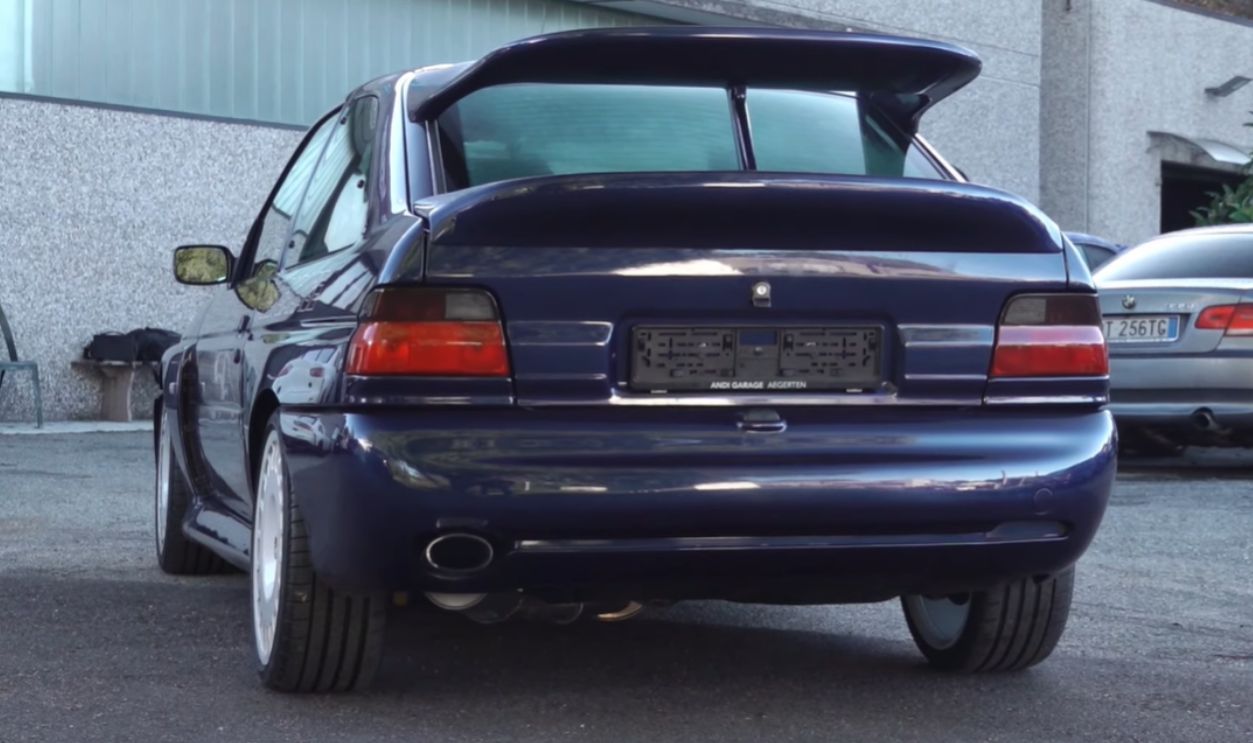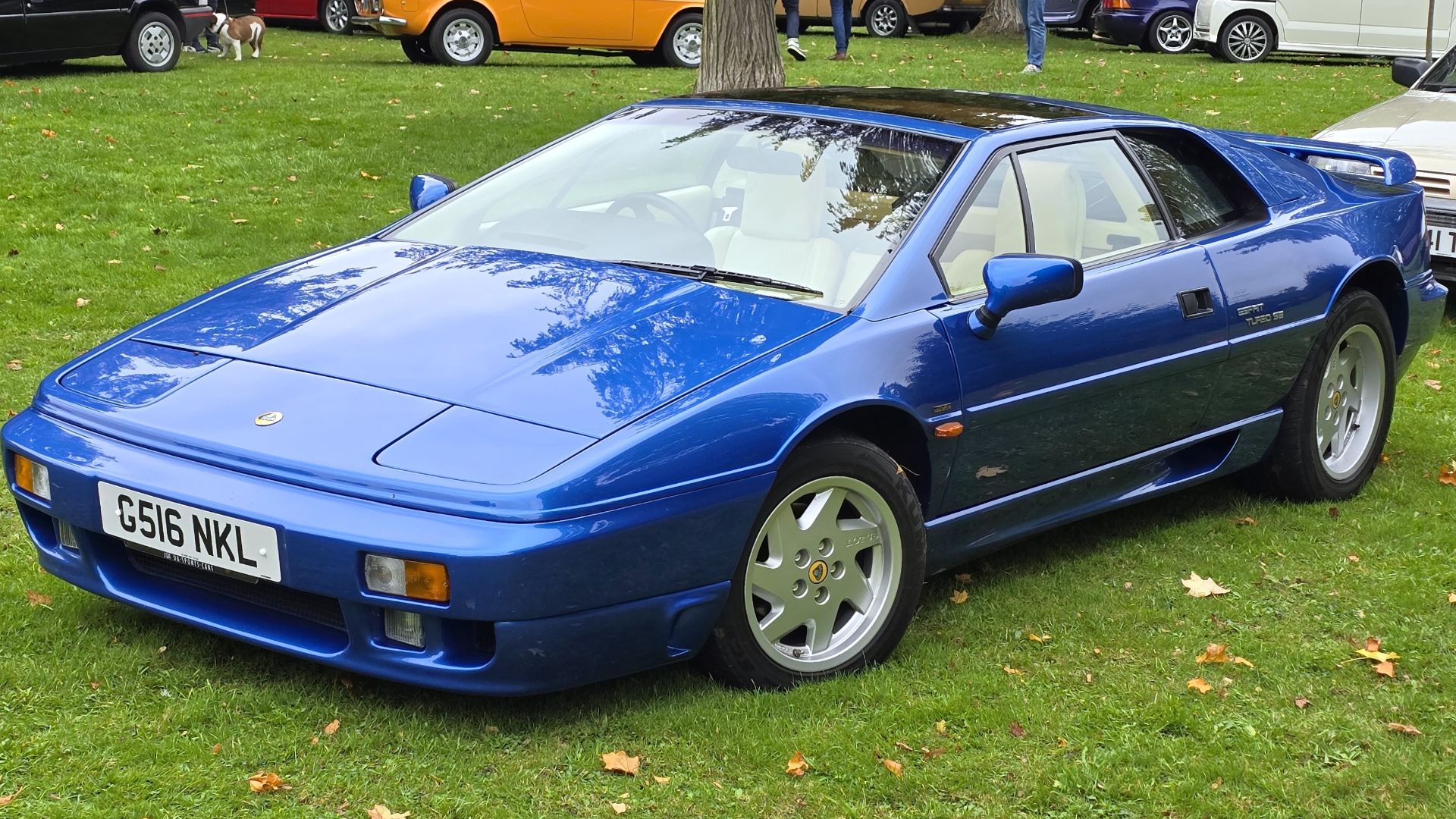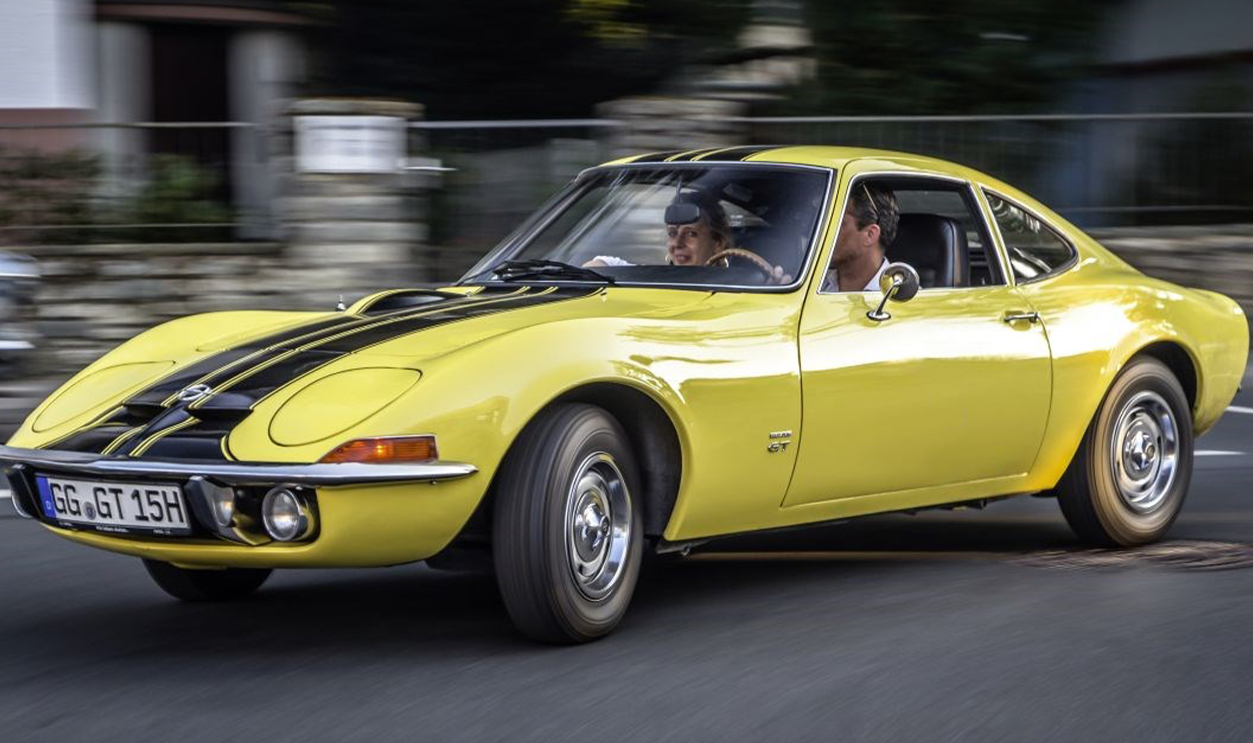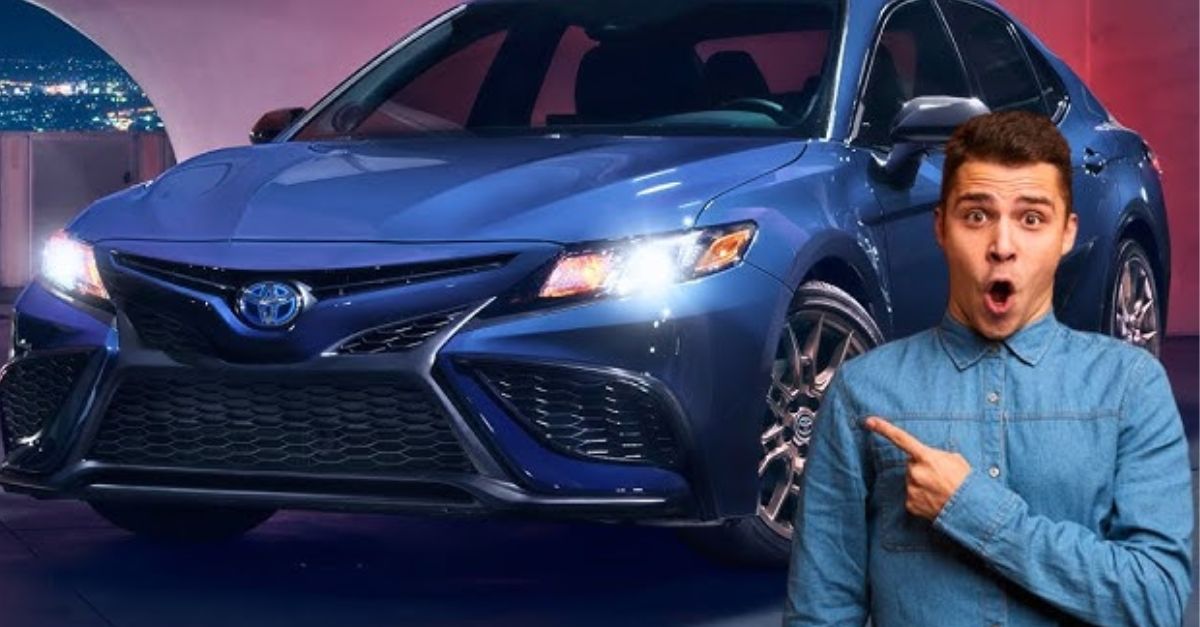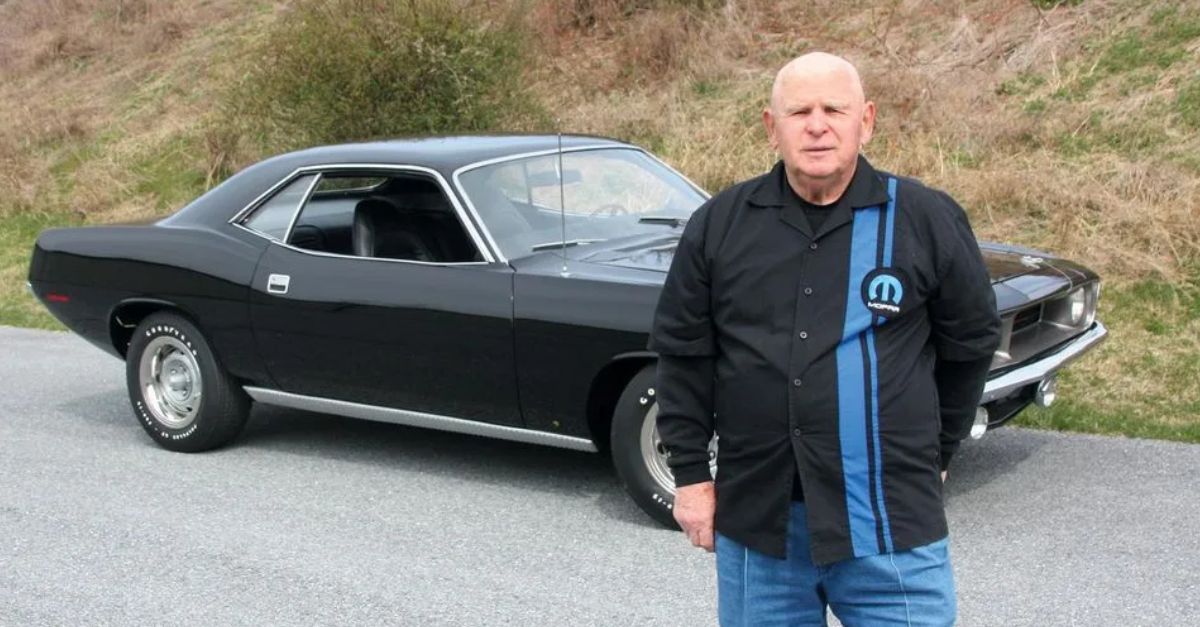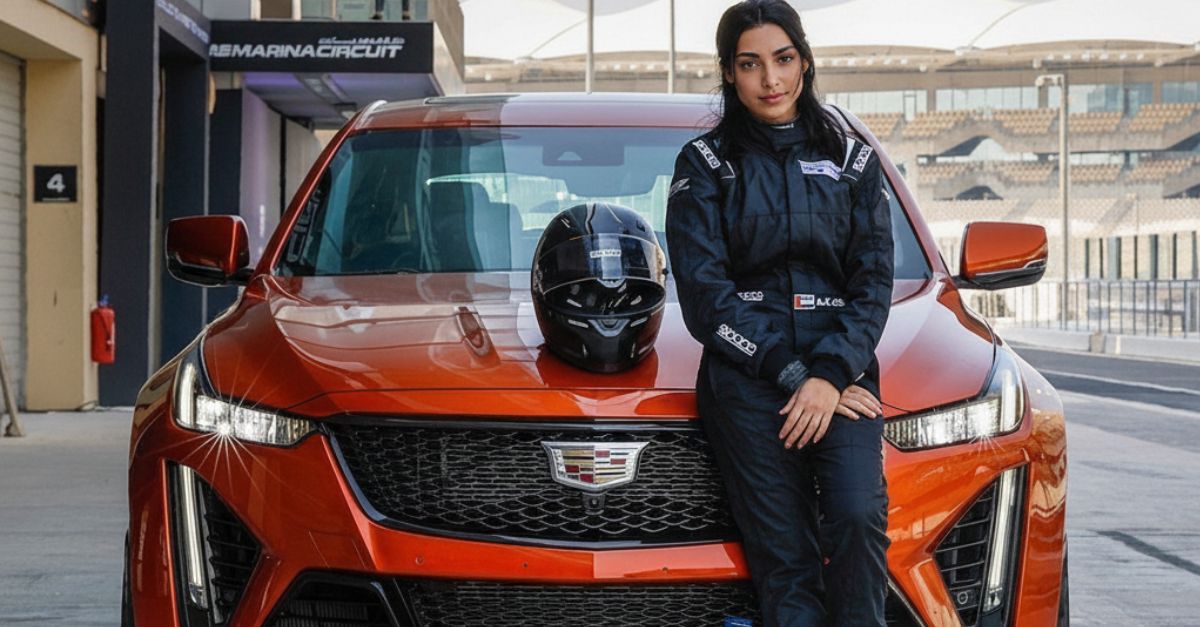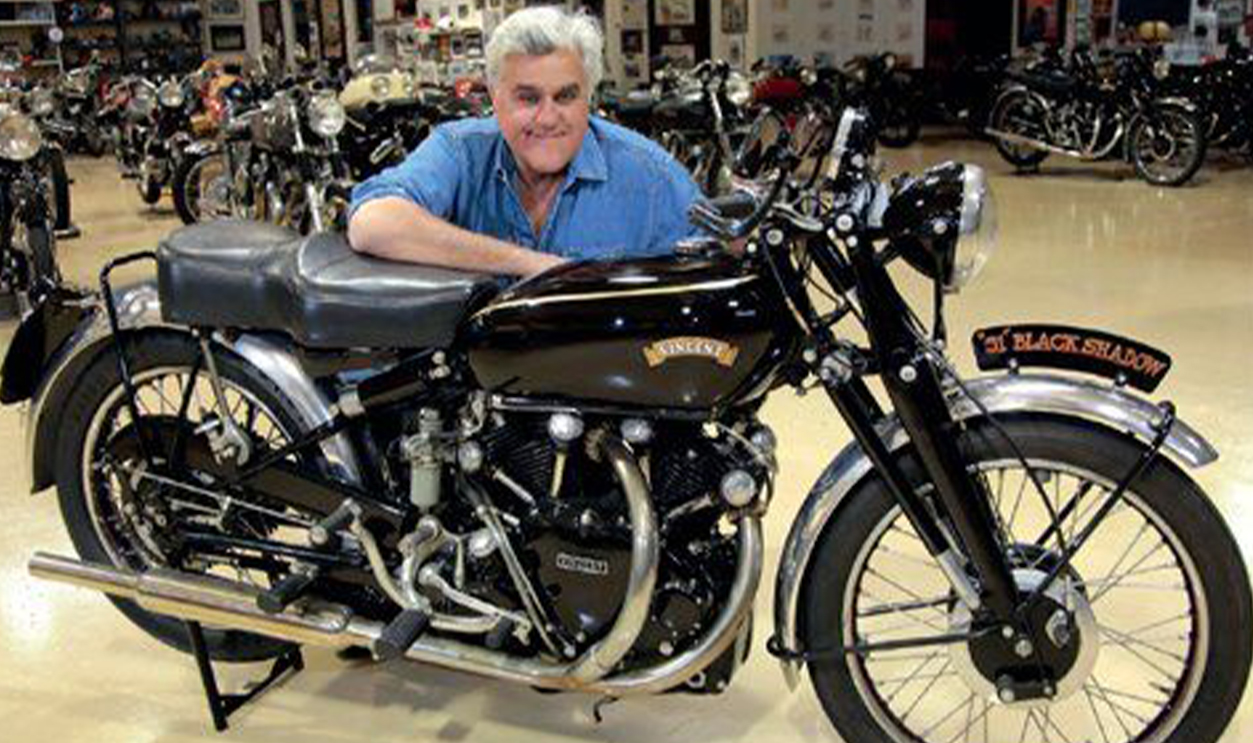Winged Speed Machines
Aerodynamics shaped legends long before tech made it precise. Certain cars stood out, their wings slicing the air, their designs screaming function over subtlety. These were built to perform, dominate, and inspire.
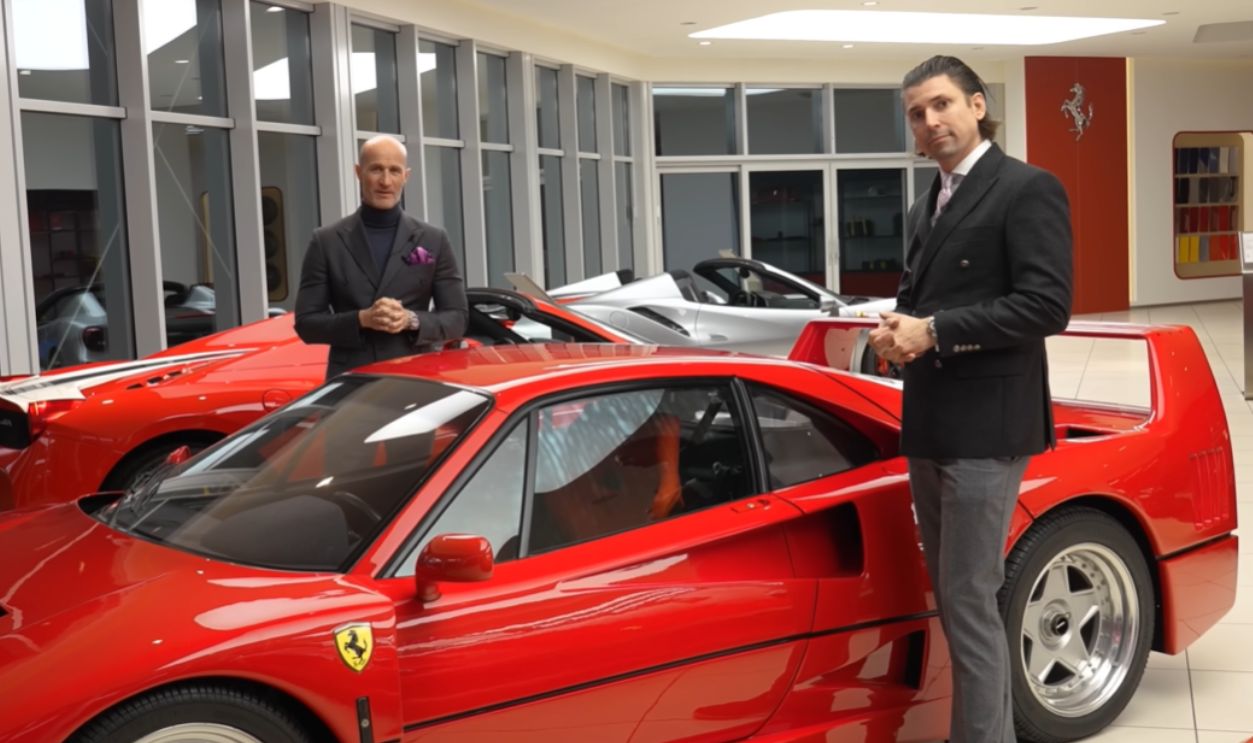
Plymouth Superbird (1970)
That towering rear wing sitting high above the trunk wasn't just for show—it was positioned in clean air, away from turbulence, to generate maximum downforce at NASCAR speeds. The Superbird's aerodynamic package, combined with an elongated nose cone, achieved an impressive 0.31 drag coefficient.
Dodge Charger Daytona (1969)
When Ford dominated NASCAR in the late 1960s, Dodge responded with something that looked like it belonged on a runway rather than a racetrack. The Charger Daytona's most dramatic feature was its 23-inch rear wing, mounted high on tall supports to capture undisturbed airflow and generate serious downforce.
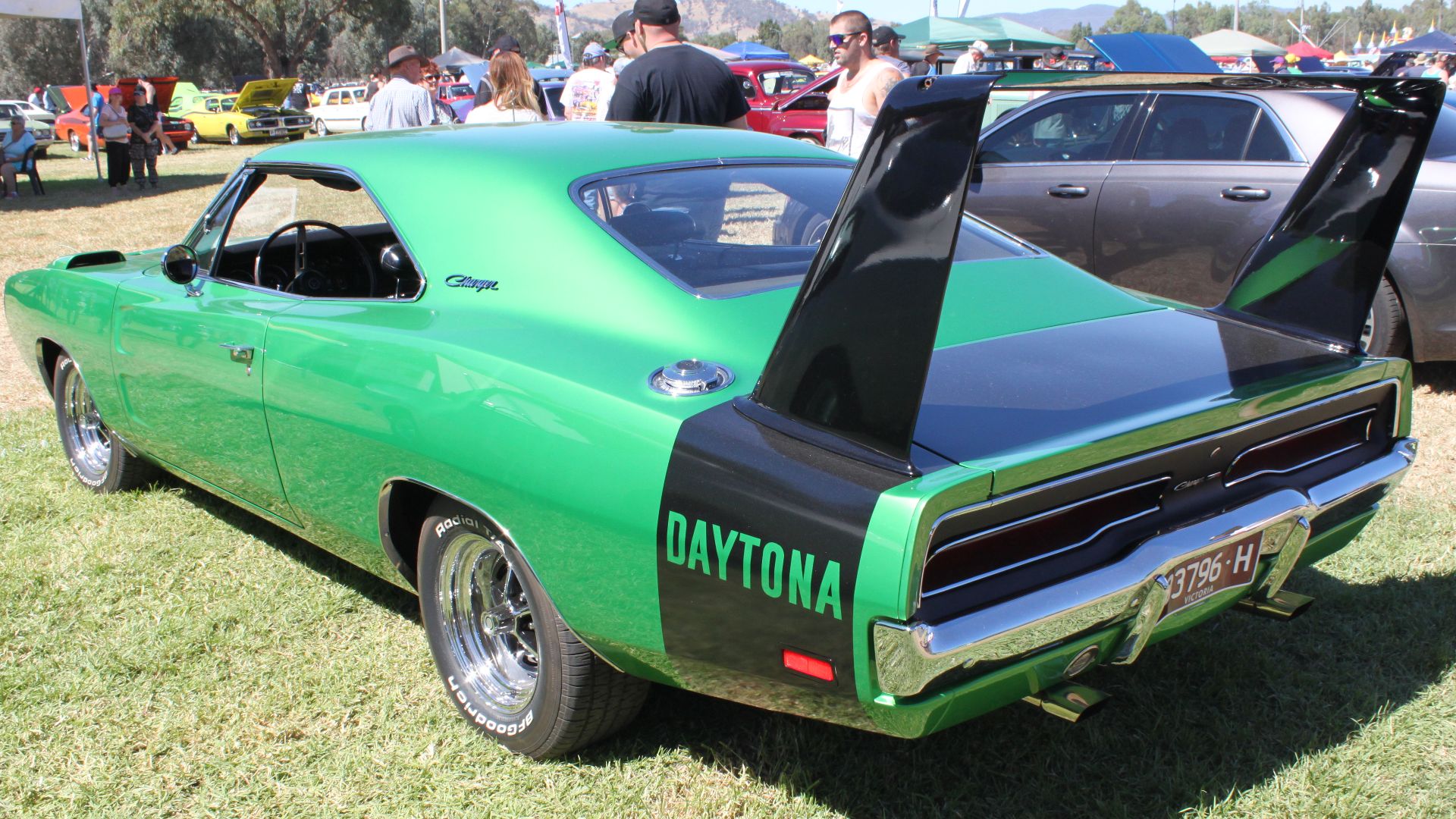 Jeremy from Sydney, Australia, Wikimedia Commons
Jeremy from Sydney, Australia, Wikimedia Commons
Dodge Charger Daytona (1969) (Cont.)
Paired with a radical, elongated nose cone, this setup helped the Daytona become the first NASCAR competitor to break the 200-mph barrier. While initially slow to sell, the 1969 Daytona is now a highly sought-after classic because of its rarity (only 503 built), performance, and unmistakable looks.
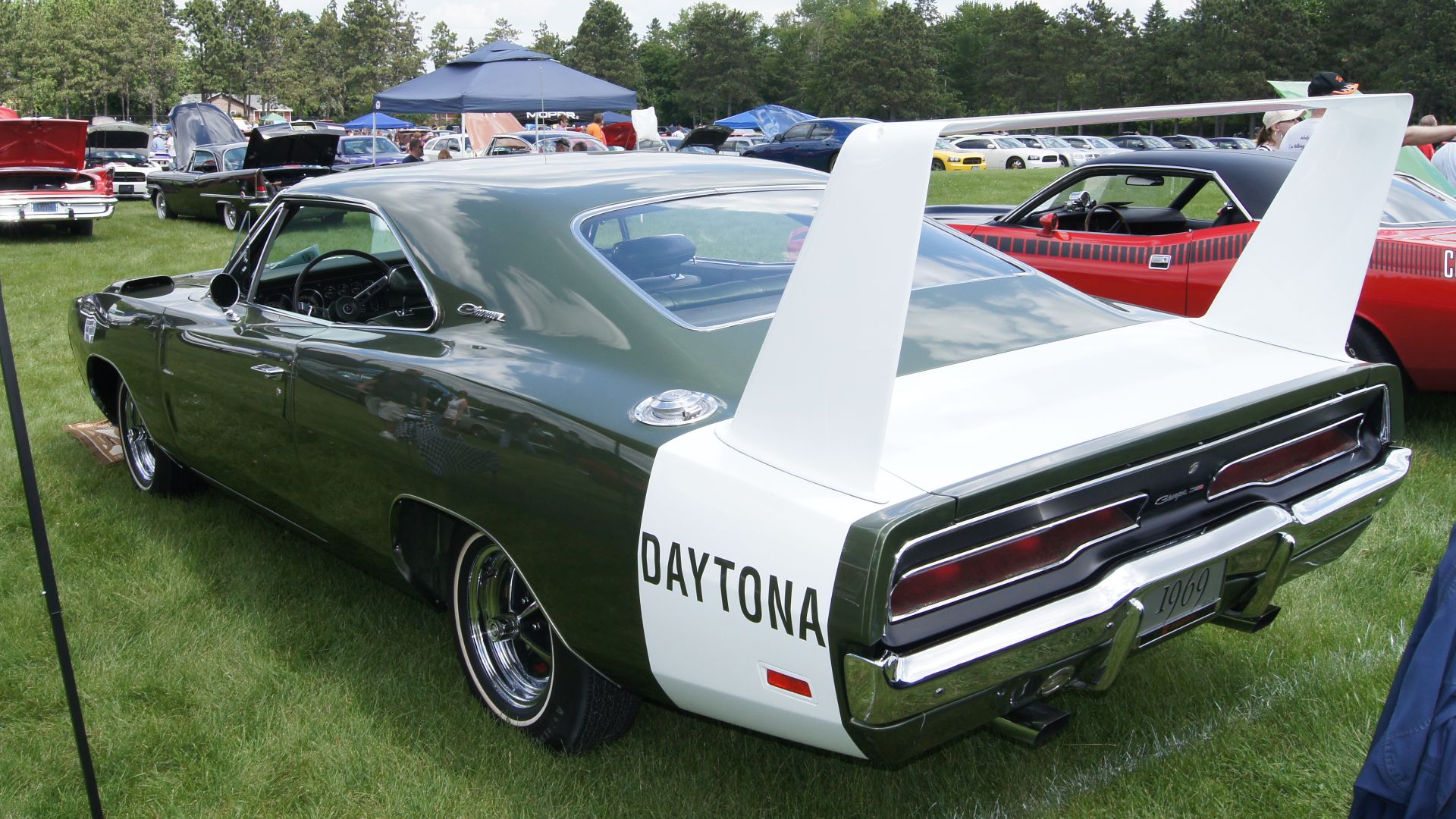 Greg Gjerdingen from Willmar, USA, Wikimedia Commons
Greg Gjerdingen from Willmar, USA, Wikimedia Commons
Porsche 930 Turbo "Whale Tail" (1975)
The whale tail spoiler became one of the most recognizable shapes in automotive history, but it first began as a purely functional design. When Porsche decided to build their first-ever production turbocharged car, it needed serious aerodynamic help to keep 260 horsepower planted at speed.
Porsche 930 Turbo "Whale Tail" (1975) (Cont.)
That distinctive flat-six engine, boosted and angry, demanded something special out back. Engineers crafted what collectors now refer to as the "whale tail". This was a wide, distinctive spoiler that channeled air and became an instant icon. It marked a turning point for Porsche.
Ferrari F40 (1987)
Enzo Ferrari knew his time was running out, and he wanted one final masterpiece bearing his approval. The F40 became that swan song—a raw, uncompromising machine that personified everything the old man believed about performance. Its twin-turbocharged V8 screamed to life with 471 horsepower.
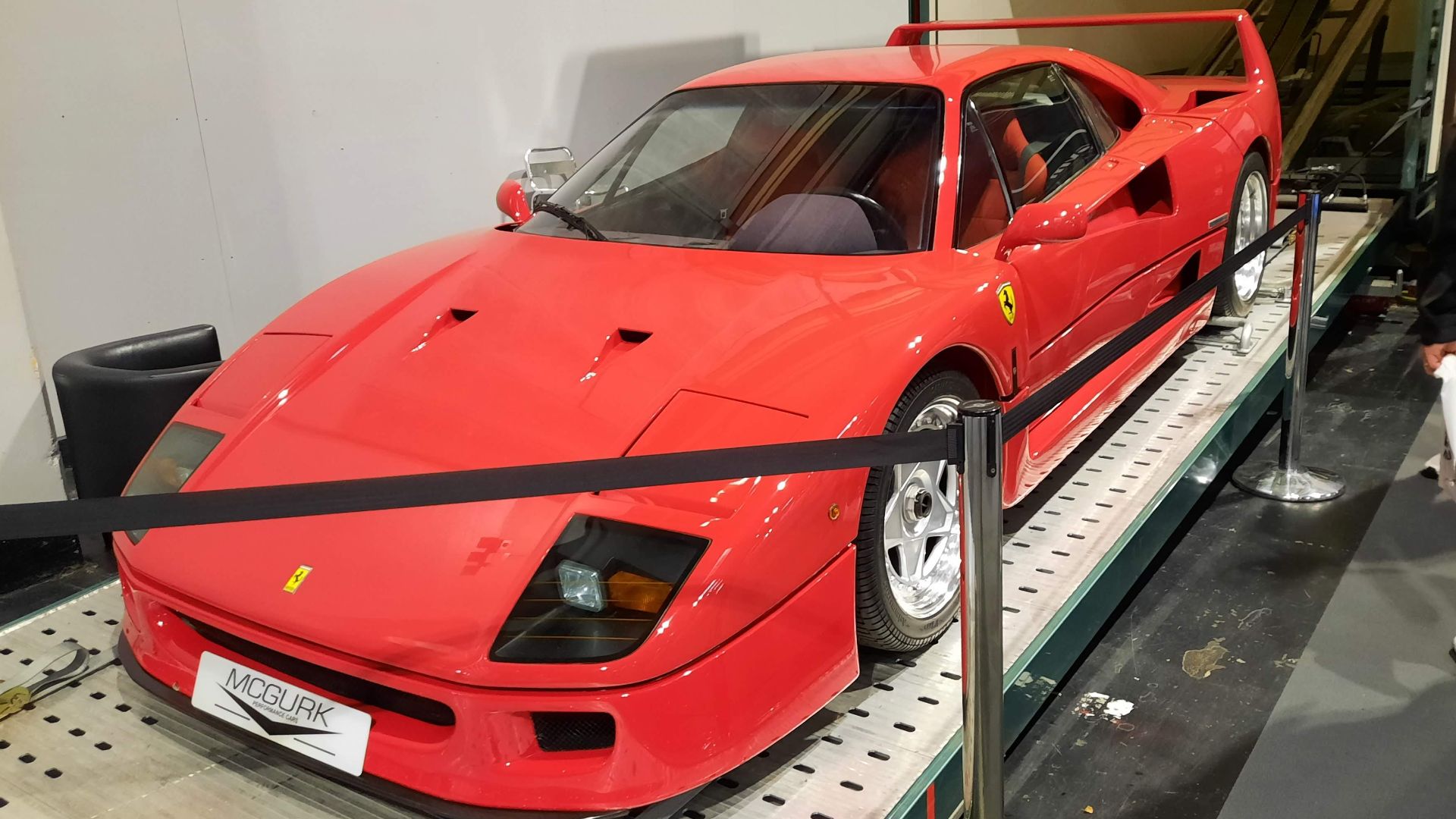 Kieran White from Manchester, England, Wikimedia Commons
Kieran White from Manchester, England, Wikimedia Commons
Lancia Delta Integrale Evoluzione (1991)
Six World Rally Championships in a row. Well, that's not luck, that's domination. The Delta Integrale Evoluzione owned the early 1990s rally scene with an iron grip, powered by a turbocharged inline-four that punched out 210 horsepower through all four wheels.
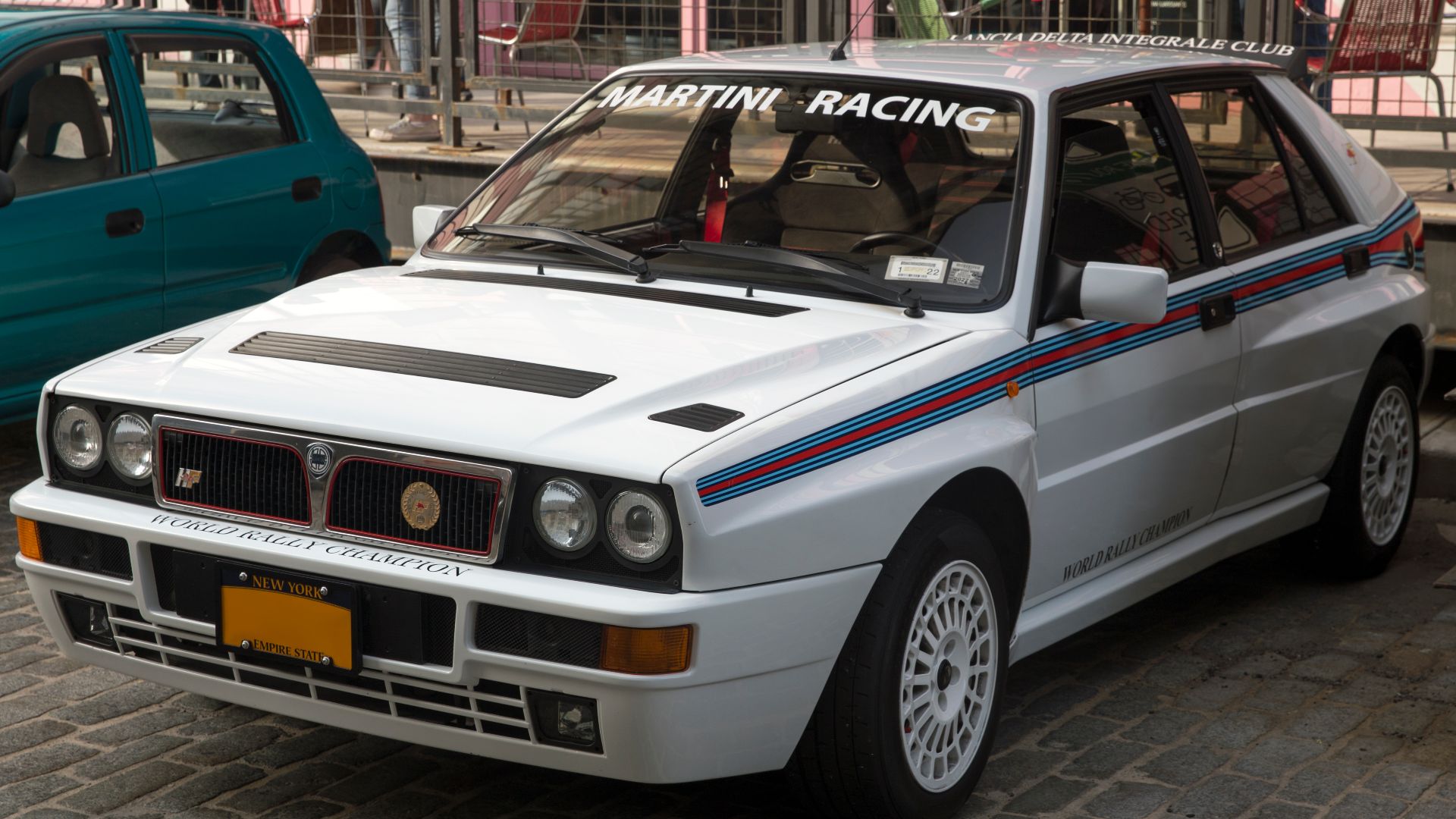 Mr.choppers, Wikimedia Commons
Mr.choppers, Wikimedia Commons
Lancia Delta Integrale Evoluzione (1991) (Cont.)
What made it special wasn't just the engine or drivetrain, but how everything worked together. Those boxy lines, muscular flared fenders, and functional rear wing crafted a package that looked as aggressive as it performed. Rally fans still get misty-eyed talking about this Italian beast.
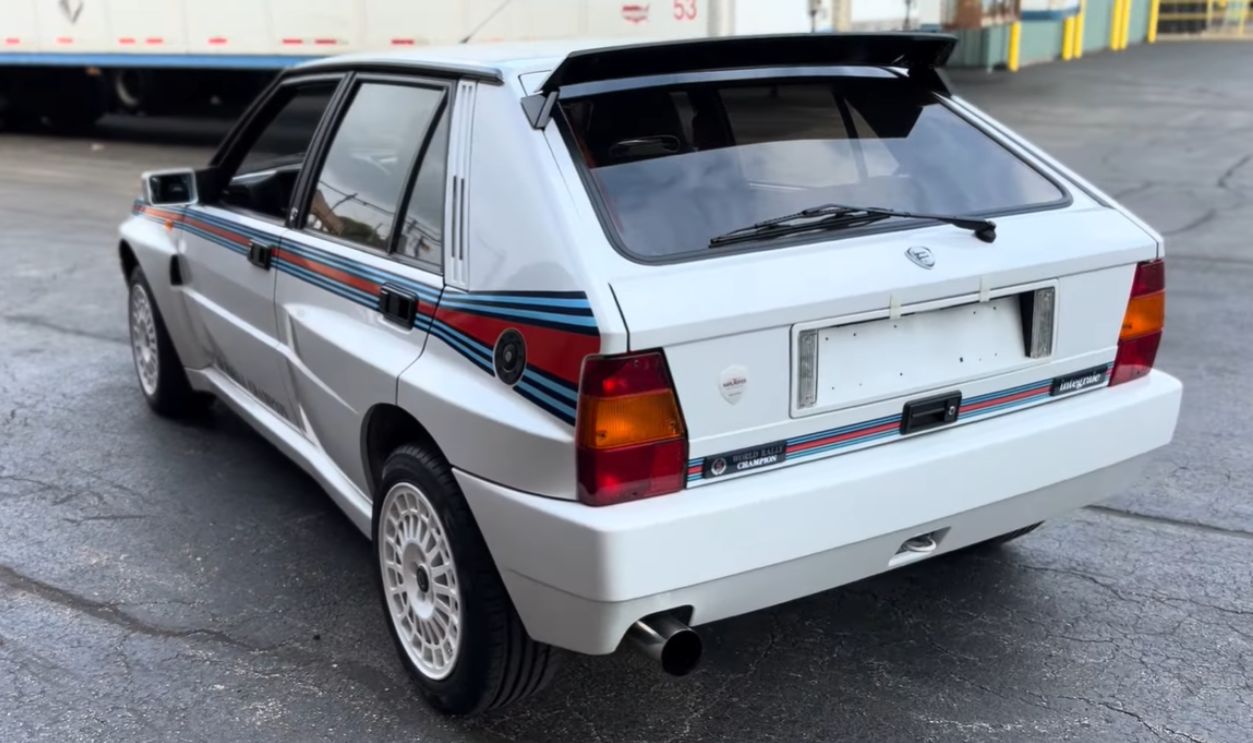 1991 Lancia Delta Integrale Martini 5 Evoluzione by DreamWreckerKyle
1991 Lancia Delta Integrale Martini 5 Evoluzione by DreamWreckerKyle
Toyota Supra Mk4 (1993)
Long before the Fast & Furious franchise turned it into a poster car, the Mk4 Supra earned respect through legitimate engineering brilliance. That iconic rear wing provided genuine aerodynamic benefit at speed, complementing one of the most legendary engines ever built.
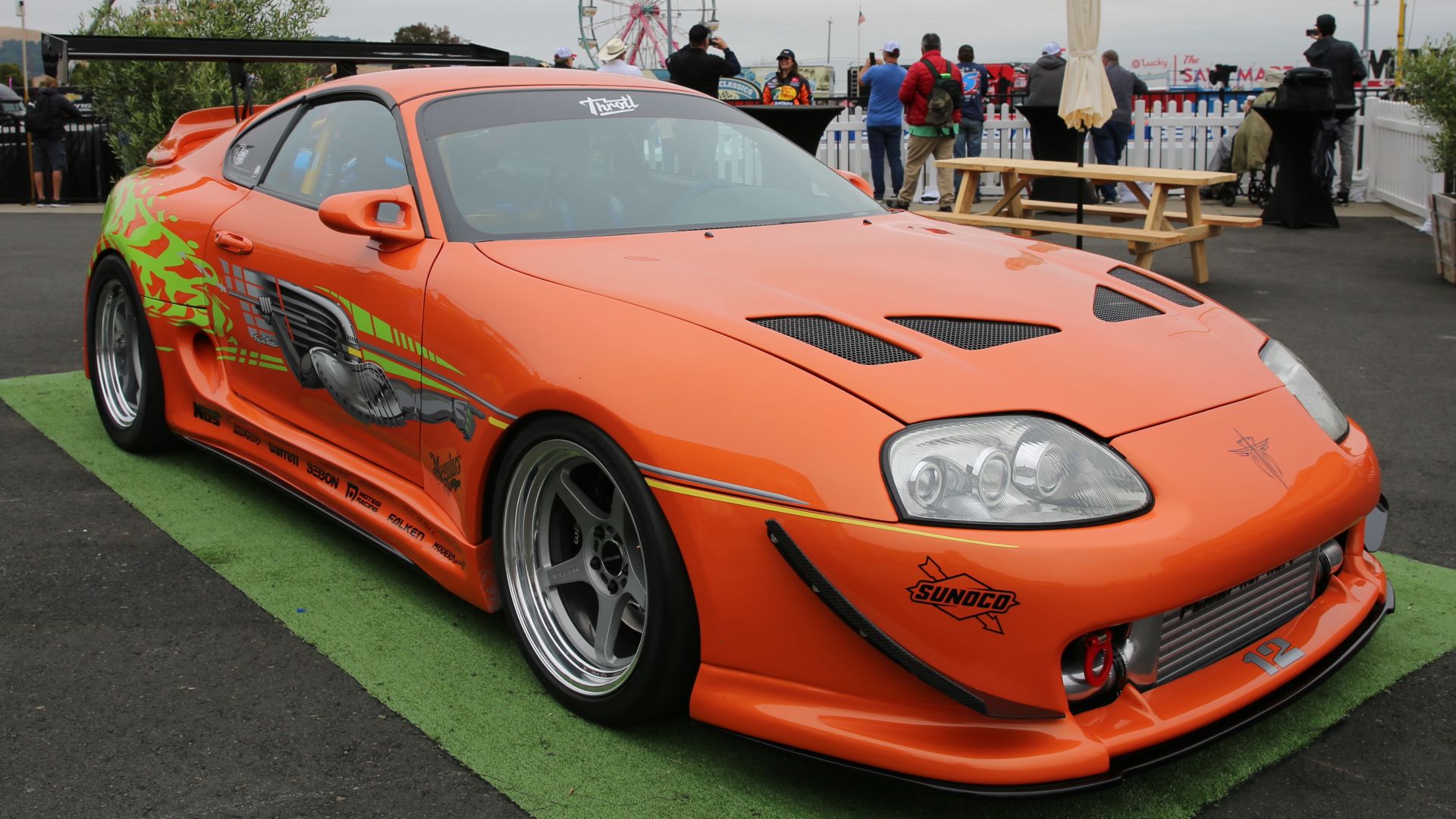 TaurusEmerald, Wikimedia Commons
TaurusEmerald, Wikimedia Commons
Toyota Supra Mk4 (1993) (Cont.)
The 2JZ-GTE engine, which delivers up to 320 horsepower in export trim, became infamous for handling absurd amounts of boost in its modified form. But even bone-stock, this Toyota showcased exceptional tuning potential and build quality that enthusiasts still worship today.
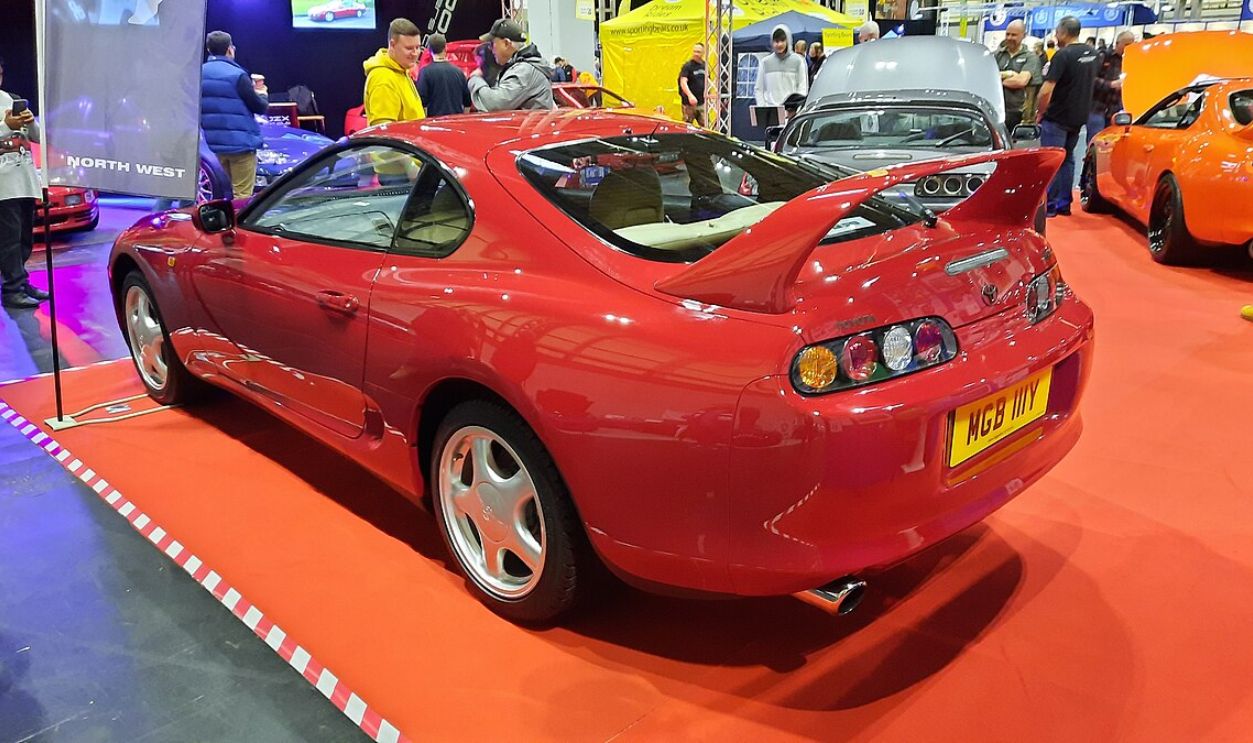 Kieran White from Manchester, England, Wikimedia Commons
Kieran White from Manchester, England, Wikimedia Commons
Mazda RX-7 FD3S (1992)
Here's something wild: the FD3S packed a serious punch despite using a rotary engine that weighed considerably less than conventional powerplants. Twin turbochargers force-feed twin rotors, generating up to 255 horsepower to create a power-to-weight ratio that is quite impressive.
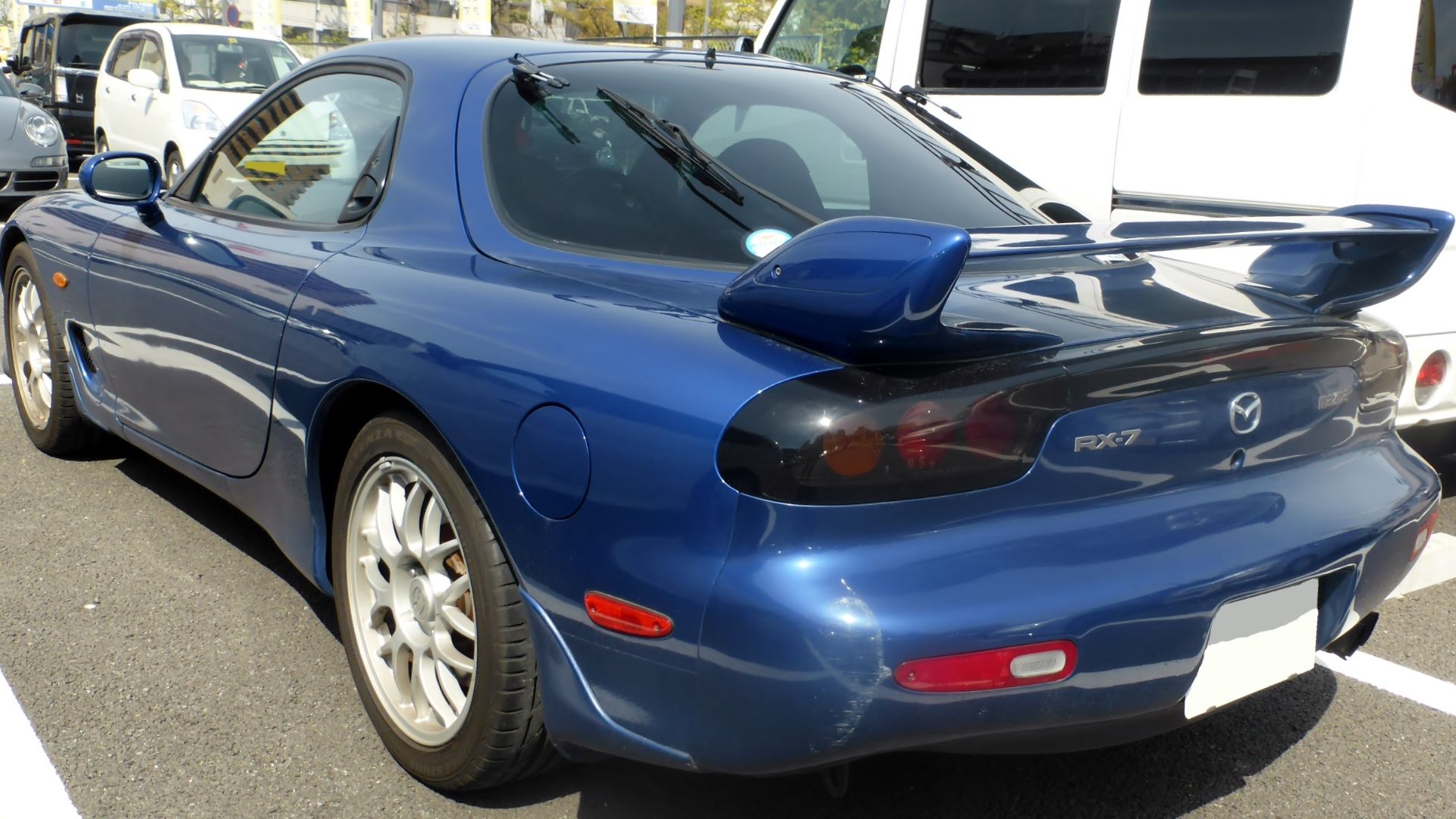 Tokumeigakarinoaoshima, Wikimedia Commons
Tokumeigakarinoaoshima, Wikimedia Commons
Subaru Impreza 22B STI (1998)
Subaru built the 22B for celebration. Forty years of company history and three consecutive World Rally Championship titles deserved something extraordinary. Only 424 examples rolled off the line, with 400 staying in Japan and 24 heading to the UK market.
Subaru Impreza 22B STI (1998) (Cont.)
Under the hood sat a turbocharged 2.2-liter engine producing 280 horsepower, paired with an adjustable rear wing that owners could tune for various conditions. This was a proper homologation special that mirrored Subaru's rally-winning formula in street-legal form.
Nissan Skyline GT-R R34 (1999)
That Multi-Function Display in the R34's dashboard was practically science fiction for 1999, showing everything from boost pressure to g-forces. The manually adjustable rear wing let drivers fine-tune downforce, while advanced all-wheel-drive and computer-controlled torque distribution made the R34 nearly unbeatable on mountain roads.
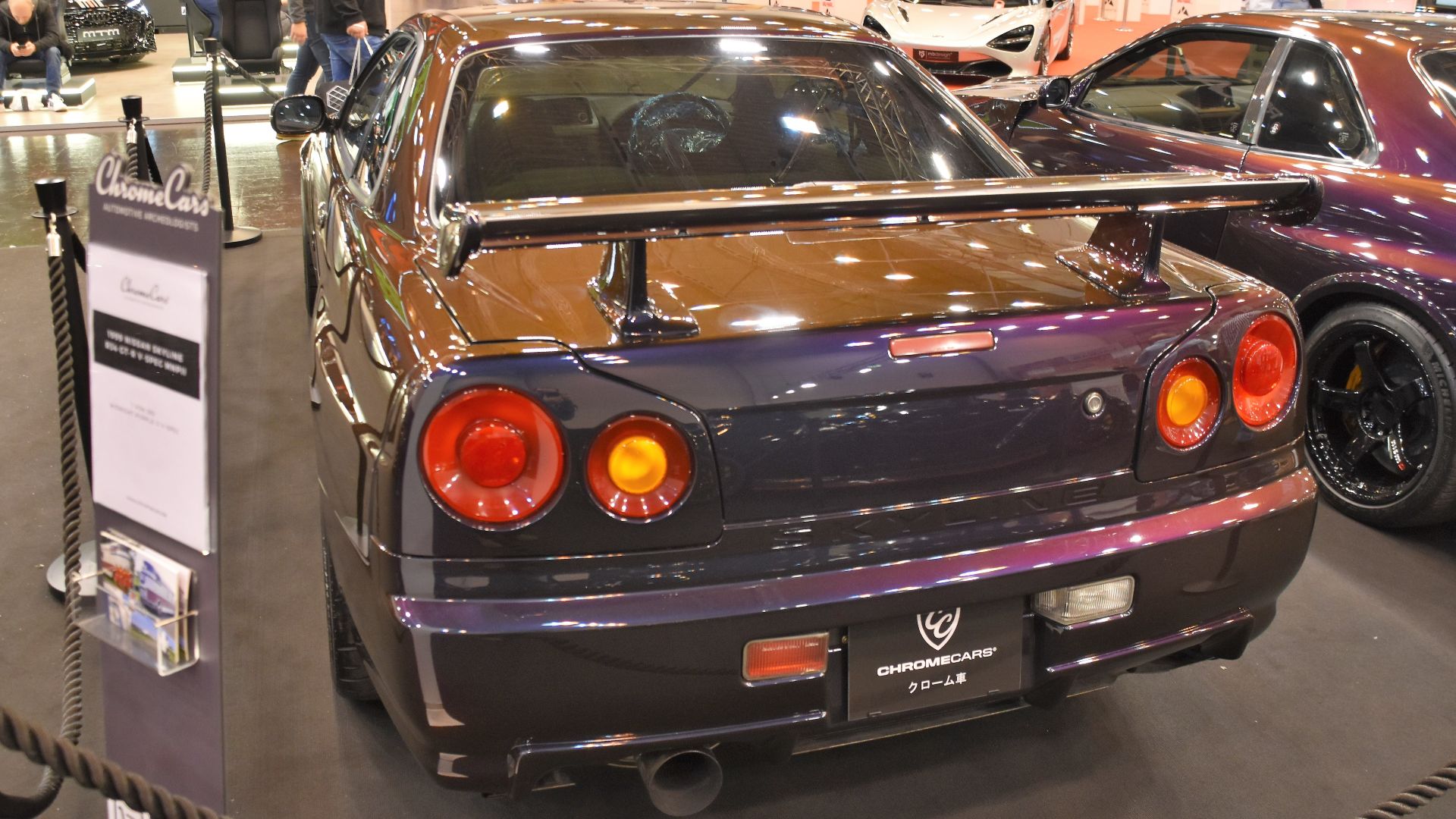 Charles from Port Chester, New York, Wikimedia Commons
Charles from Port Chester, New York, Wikimedia Commons
Pontiac Firebird Trans Am (1977)
Burt Reynolds sliding that black and gold Trans Am across movie screens in Smokey and the Bandit created an instant automotive icon. The screaming chicken hood decal became a highly recognizable graphic in car culture, but the Trans Am backed up its theatrical looks with legitimate muscle.
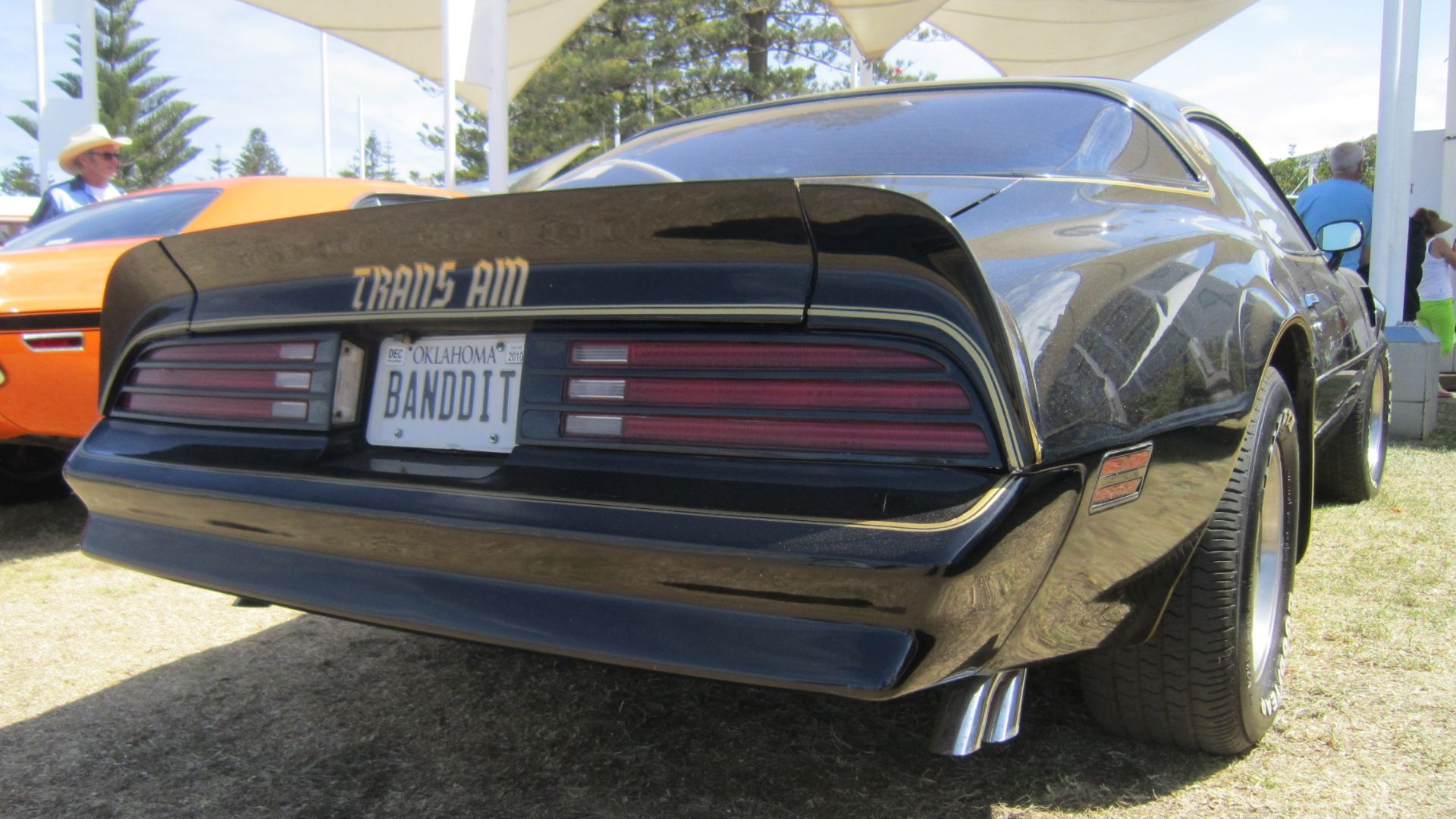 Jeremy from Sydney, Australia, Wikimedia Commons
Jeremy from Sydney, Australia, Wikimedia Commons
Ford Sierra RS Cosworth (1986)
Ford needed a weapon for Group A touring car racing, so they bolted a massive "whale tail" rear wing onto the Sierra and called it a day, except they didn't stop there. That distinctive wing became the RS Cosworth's calling card.
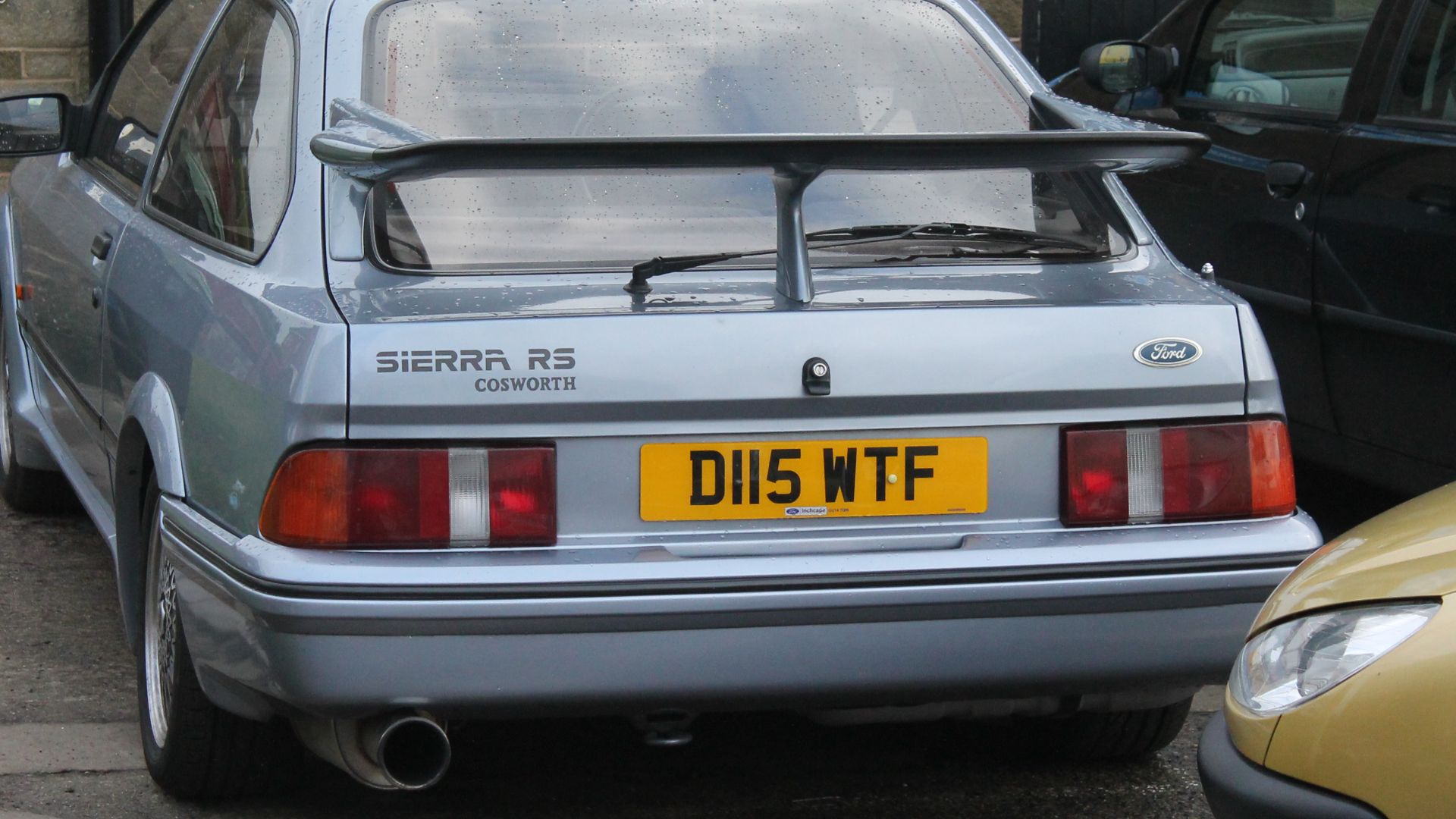 Charlie from United Kingdom, Wikimedia Commons
Charlie from United Kingdom, Wikimedia Commons
Ford Sierra RS Cosworth (1986) (Cont.)
It was part of an advanced aerodynamic package that helped dominate European touring car championships throughout the late 1980s. Under the hood, a turbocharged 2.0-liter engine pumped out 201–204 horsepower, which might sound modest until you remember this was a family sedan turned into a race-bred monster.
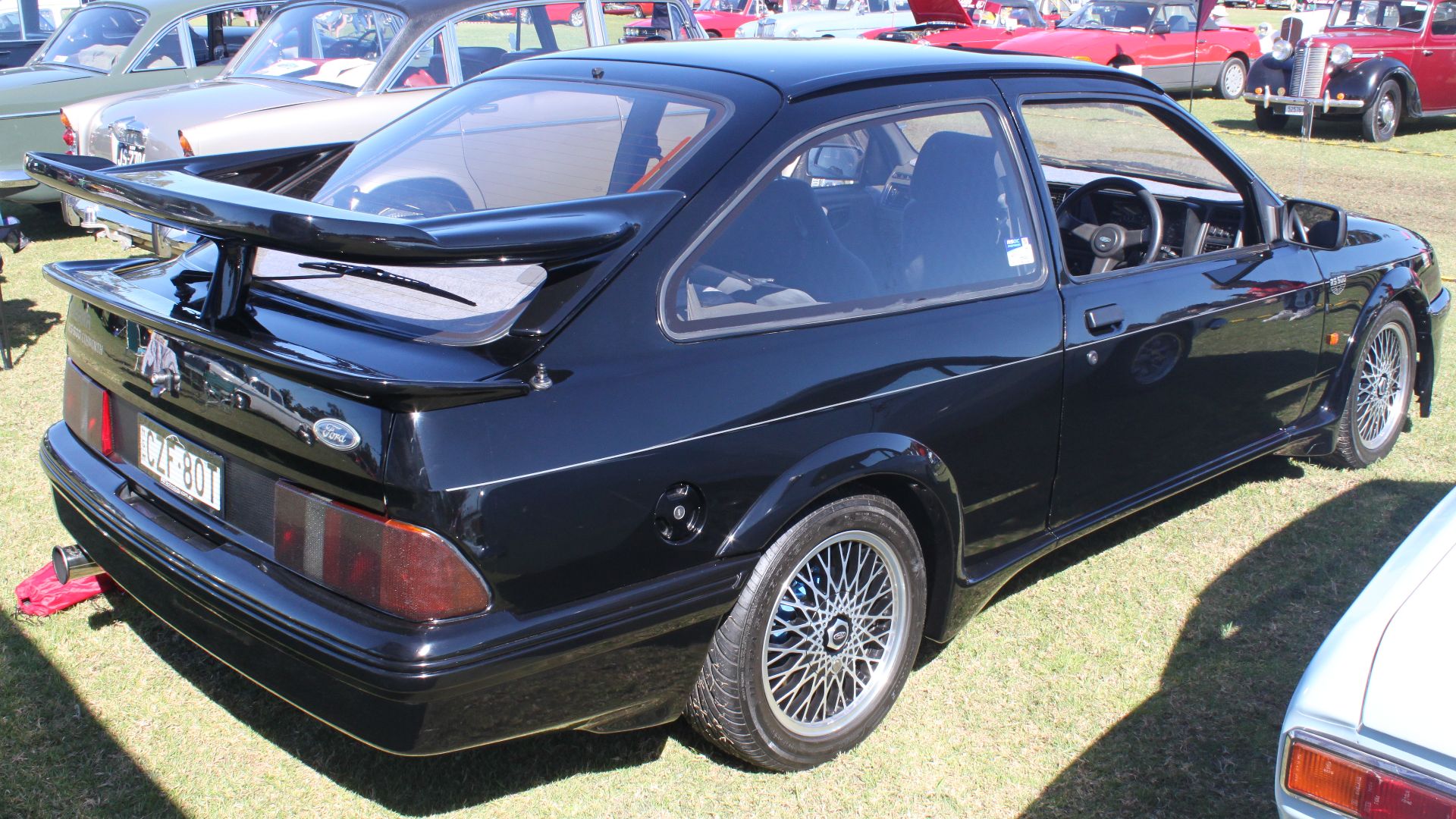 Jeremy from Sydney, Australia, Wikimedia Commons
Jeremy from Sydney, Australia, Wikimedia Commons
BMW M3 E30 DTM (1990)
Those muscular box flares weren't there to look pretty. They housed wider competition tires that gave the E30 M3 incredible grip through corners. The rear wing generated important downforce, keeping this lightweight racer planted at speed while the screaming 2.5-liter engine delivered 330 horsepower.
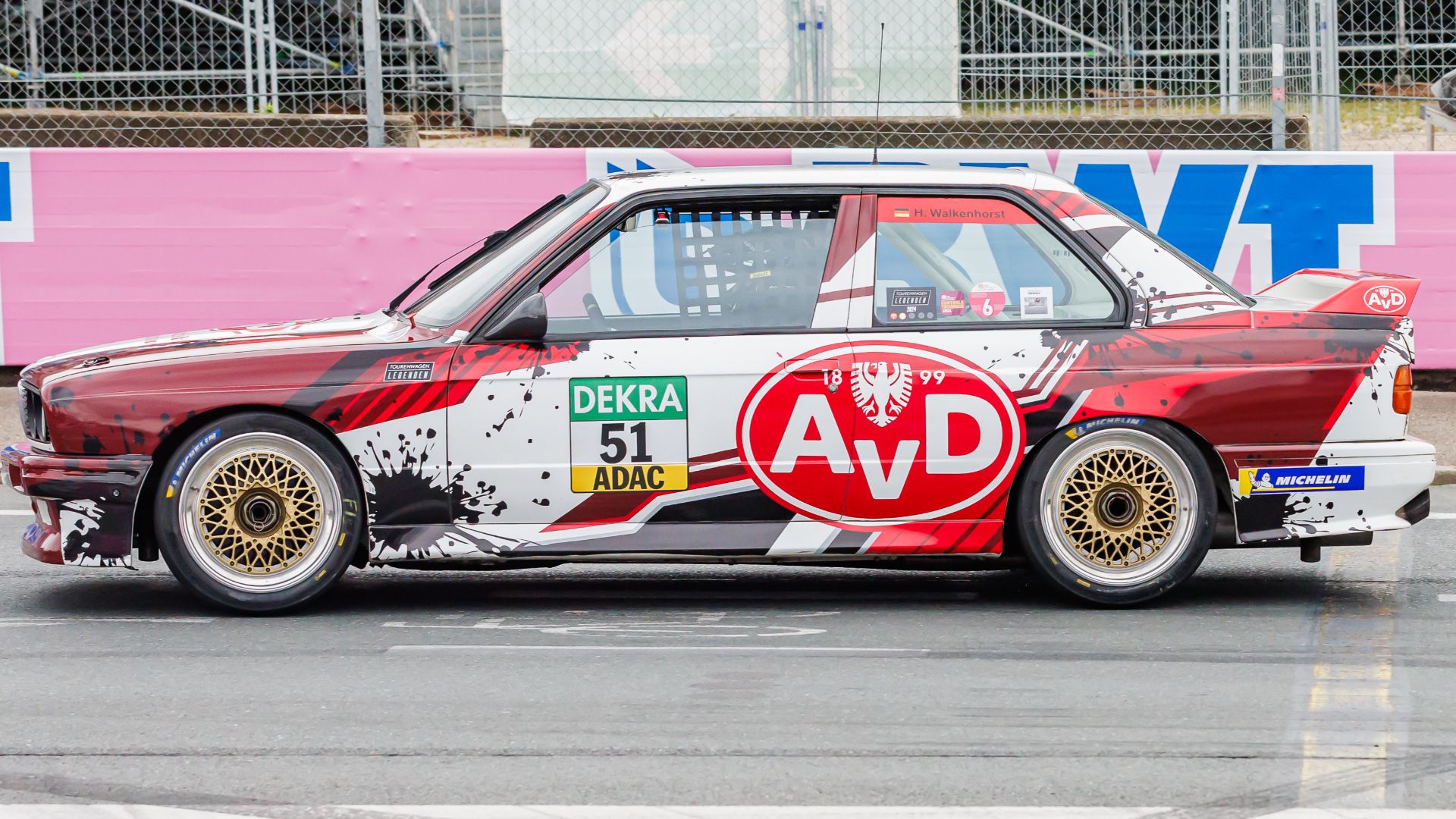 Steffen Probdorf, Wikimedia Commons
Steffen Probdorf, Wikimedia Commons
Mercedes-Benz 190E Evo II (1990)
Only 502 examples exist, built purely to satisfy DTM homologation requirements, and every single one features one of the most dramatic aerodynamic packages ever fitted to a Mercedes. The imposing adjustable rear wing dominates the rear end, working in concert with a deep front splitter to generate serious downforce.
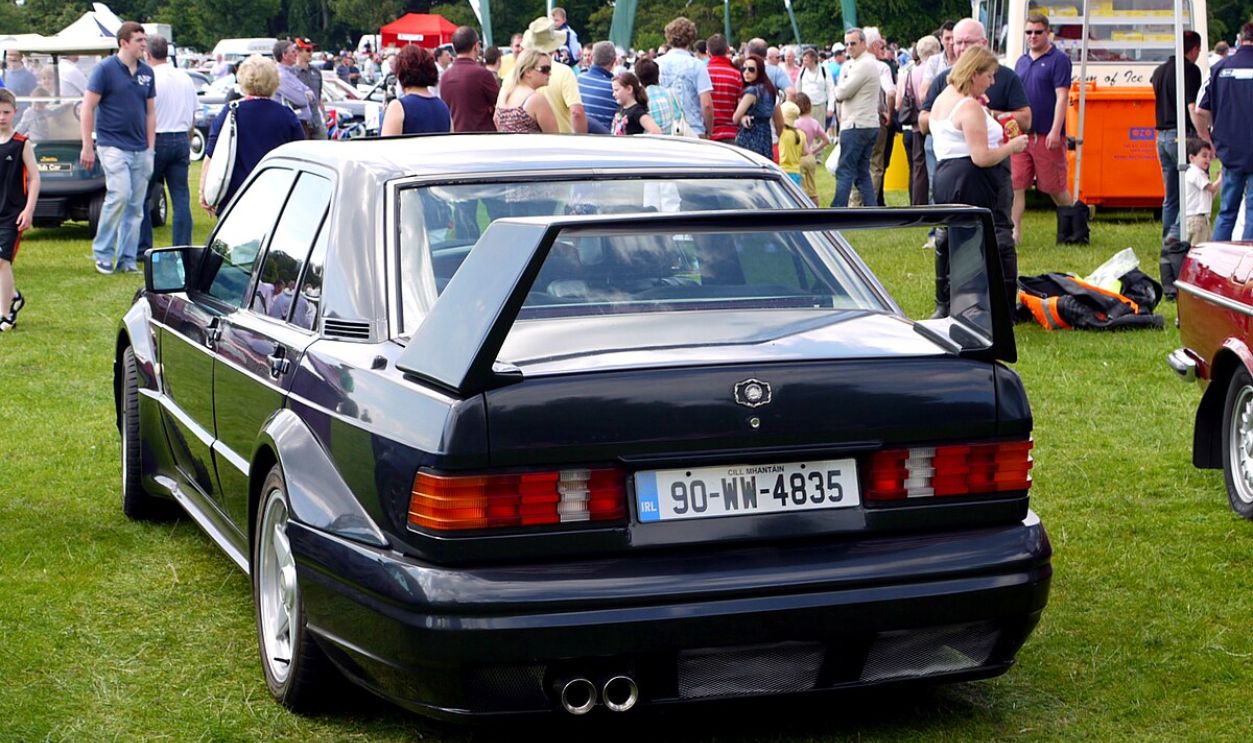 Mic from Reading - Berkshire, Wikimedia Commons
Mic from Reading - Berkshire, Wikimedia Commons
Porsche 959 (1986)
When supercars of the 1980s struggled with stability and traction, Porsche engineered a solution that redefined what was possible. The 959's integrated rear wing worked as part of a comprehensive aerodynamic system, taming high-speed instability. The revolutionary all-wheel-drive system planted 444 horsepower.
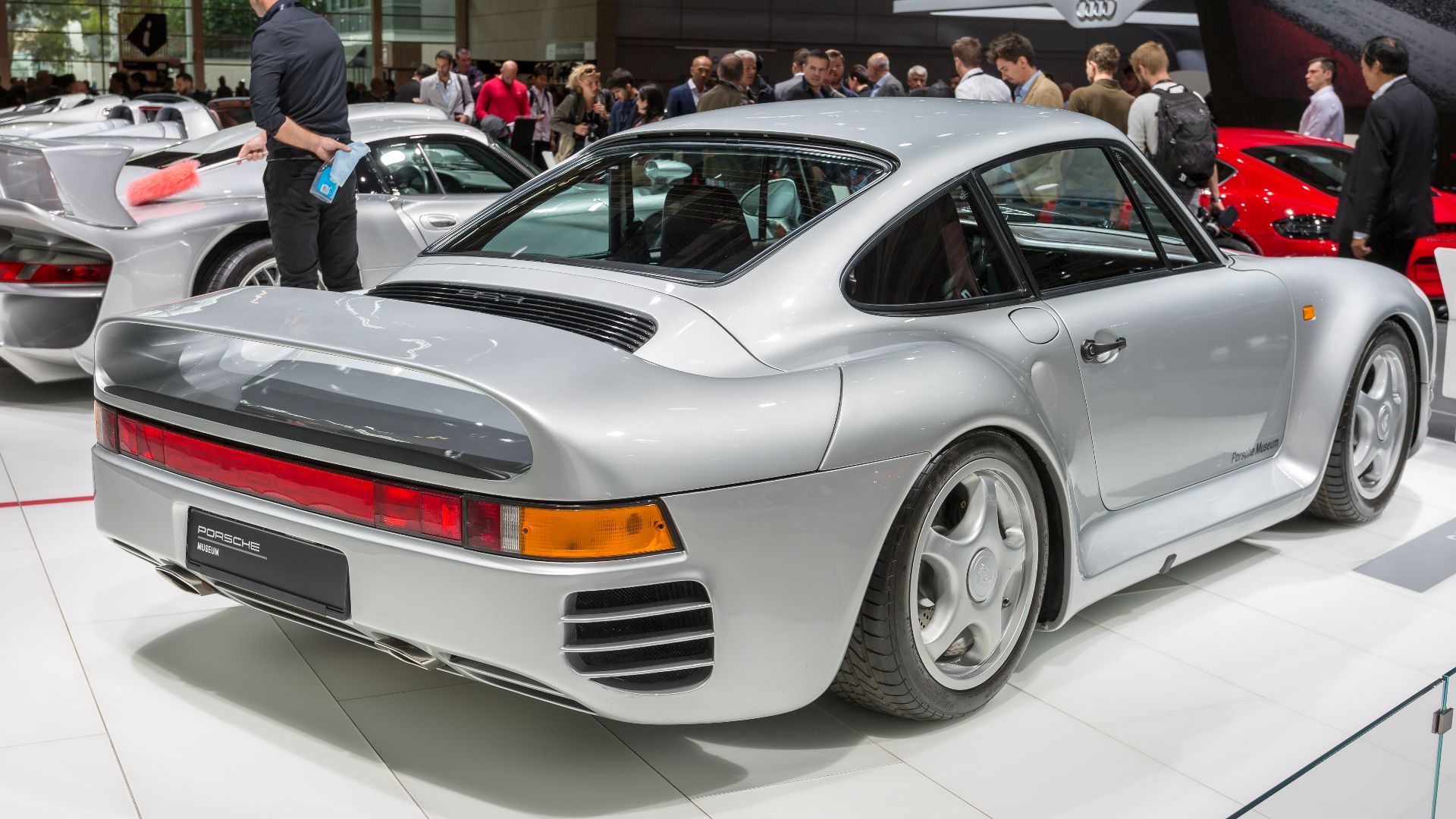 Matti Blume, Wikimedia Commons
Matti Blume, Wikimedia Commons
Ford Escort RS Cosworth (1992)
That dramatic "whale tail" rear wing is impossible to miss. It sits high and proud, defining the RS Cosworth's aggressive silhouette from a mile away. Ford built this rally-ready machine specifically for World Rally Championship glory, with a turbocharged 2.0-liter engine.
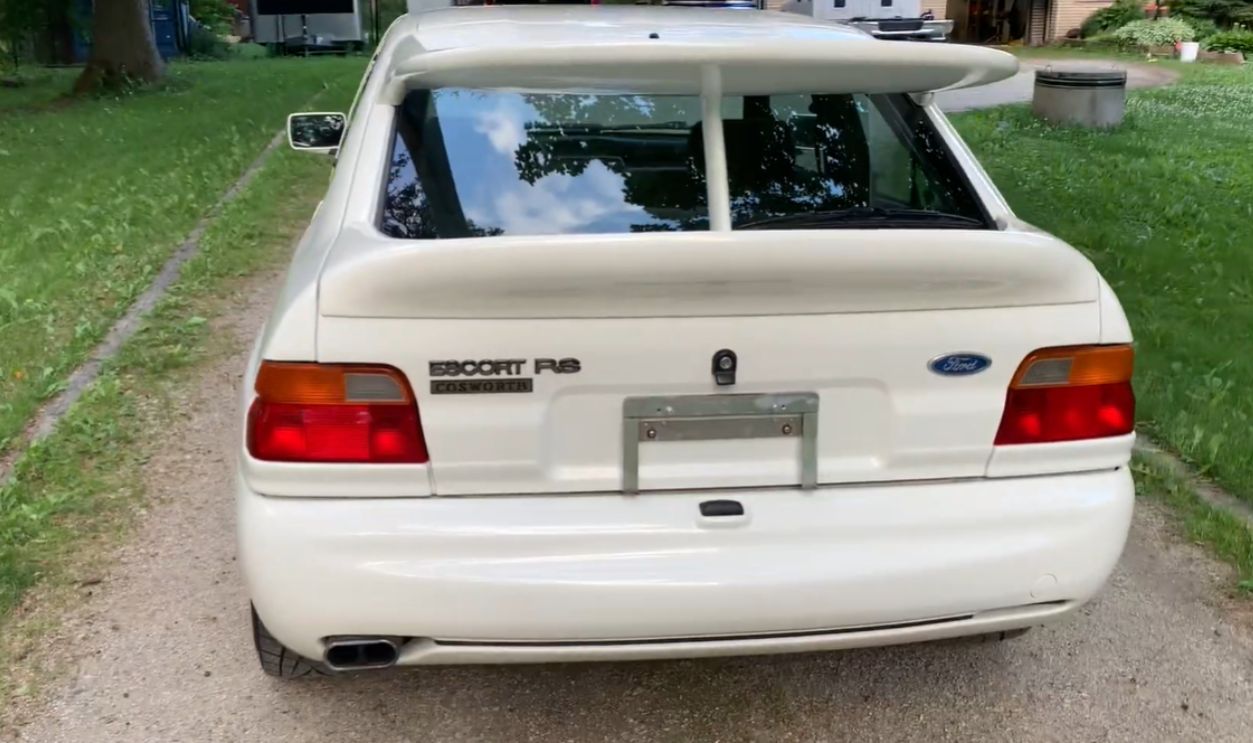 1992 Ford Escort Cosworth RS Cold Start by Rob G
1992 Ford Escort Cosworth RS Cold Start by Rob G
Ford Escort RS Cosworth (1992) (Cont.)
The huge wing provided genuine aerodynamic benefit on high-speed stages and helped distinguish the Cosworth from regular Escorts instantly. While WRC manufacturers' titles ultimately proved elusive, that towering wing became one of the most recognizable rear spoilers in car history.
Lotus Esprit Turbo SE (1989)
While the Esprit earned silver-screen fame in James Bond's The Spy Who Loved Me and Pretty Woman, the 1989 Turbo SE's distinctive rear wing was all about real-world performance, not Hollywood theatrics. That turbocharged 2.2-liter engine delivered supercar credentials with 264 horsepower.
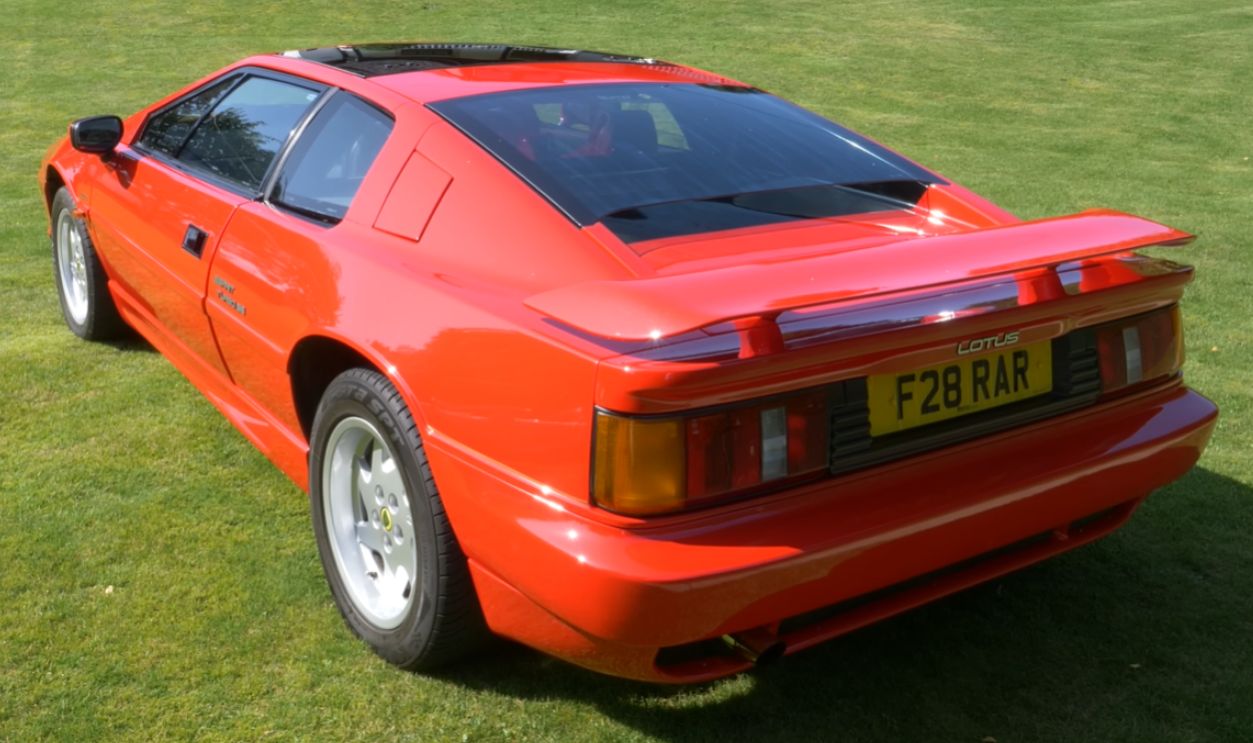 1989 Lotus Esprit Turbo SE Review - The Classic British Supercar by JayEmm on Cars
1989 Lotus Esprit Turbo SE Review - The Classic British Supercar by JayEmm on Cars
Lotus Esprit Turbo SE (1989) (Cont.)
The Turbo SE debuted with Lotus's updated X180 body. Alongside wedge-shaped styling and pop-up headlights, the exaggerated rear wing helped the Esprit stand out from its competitors and become a staple in top lists celebrating dramatic 1980s and 1990s performance icons.

